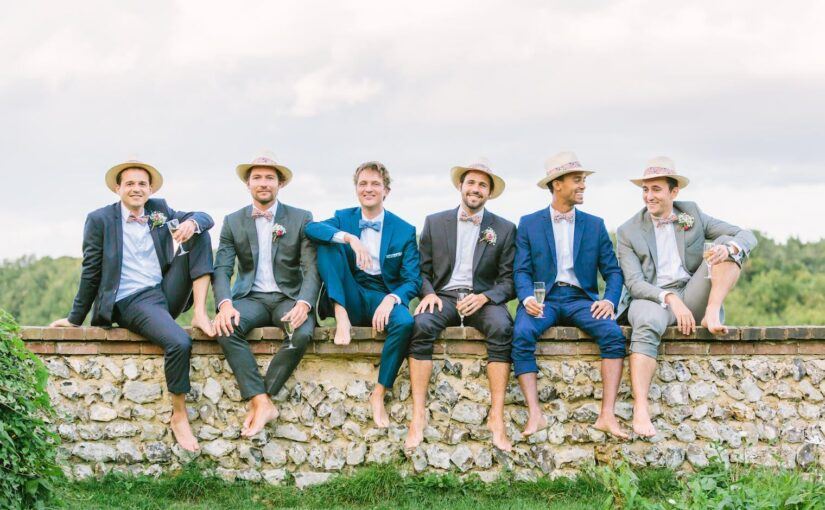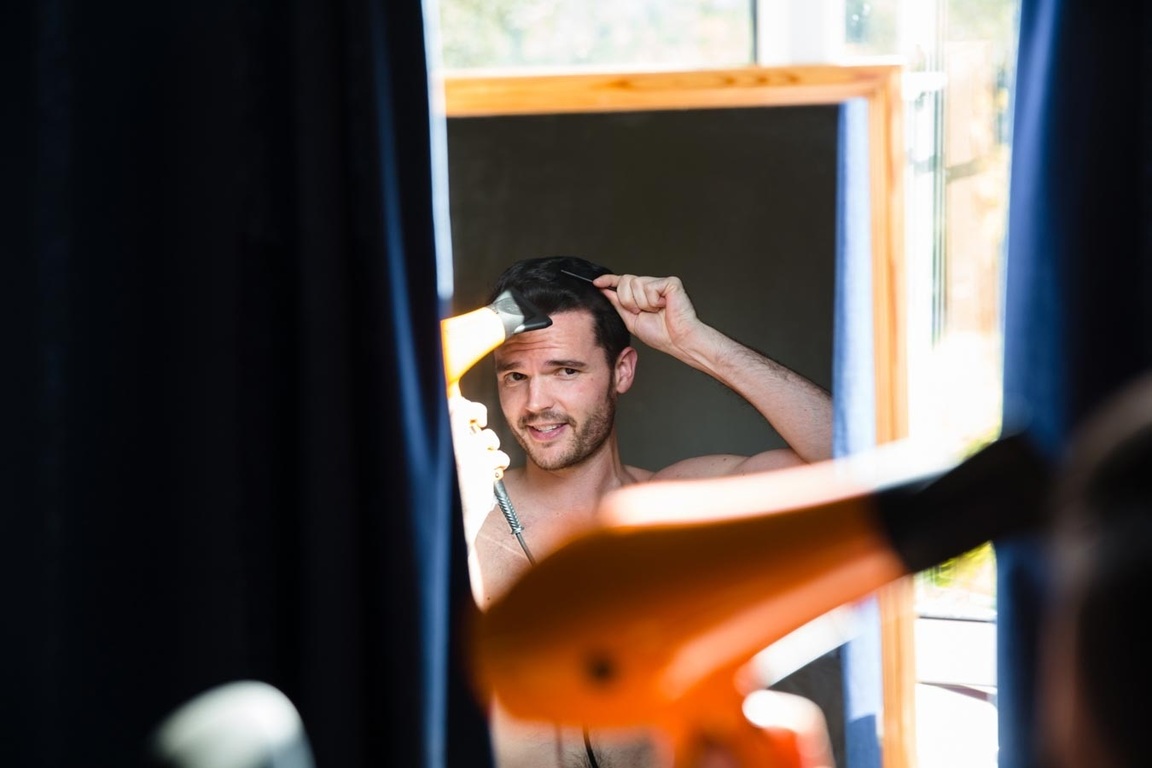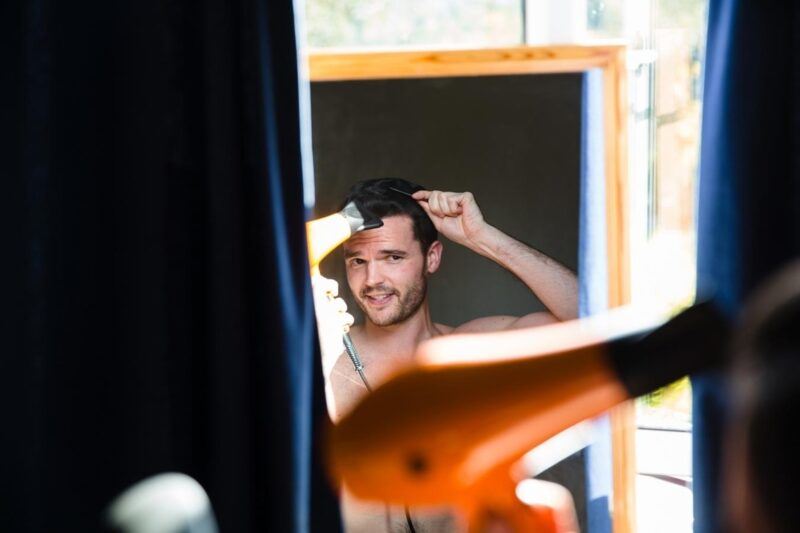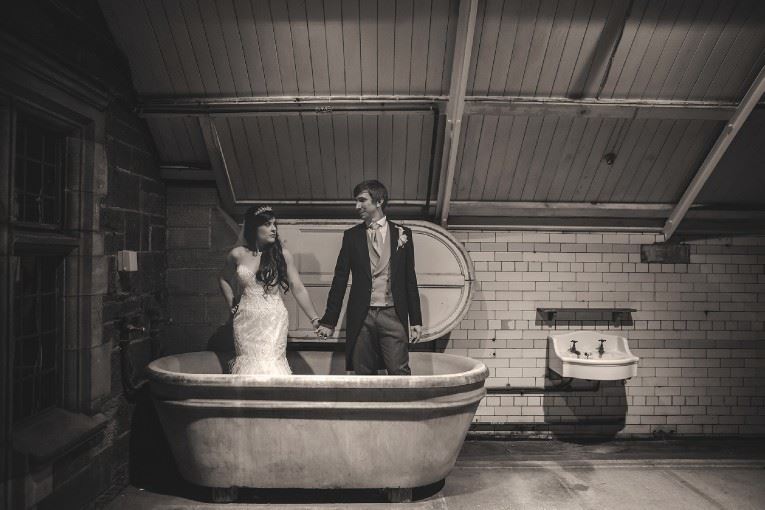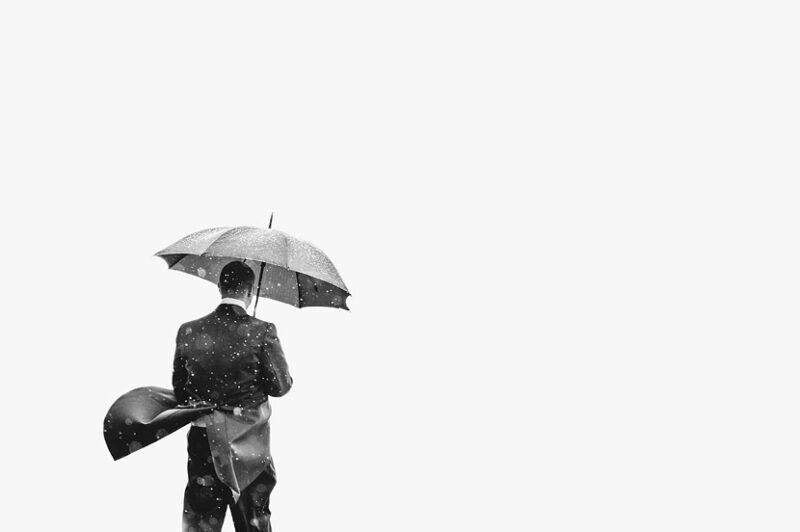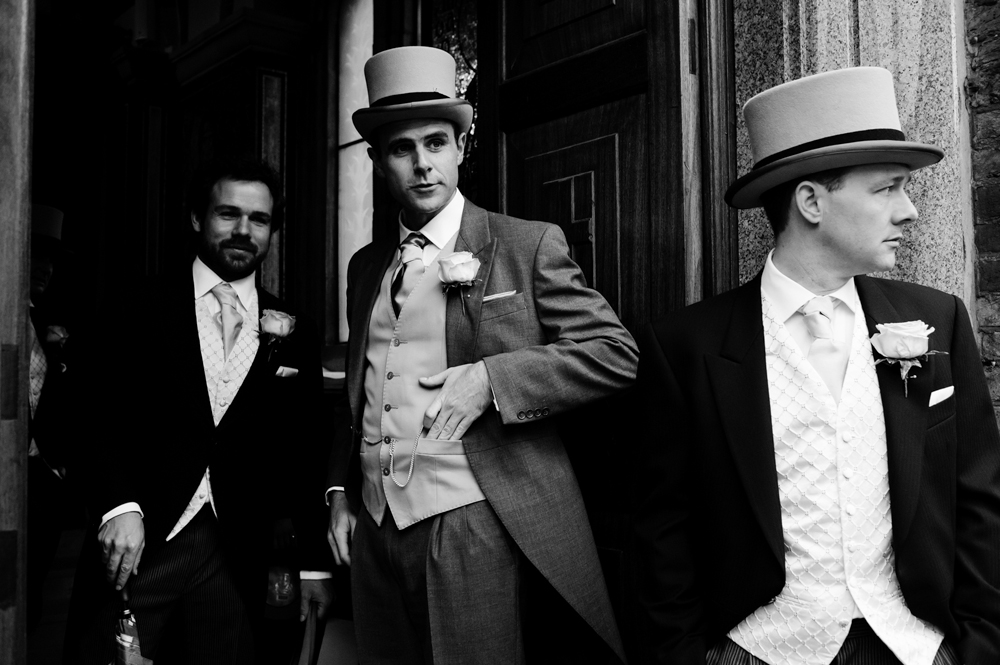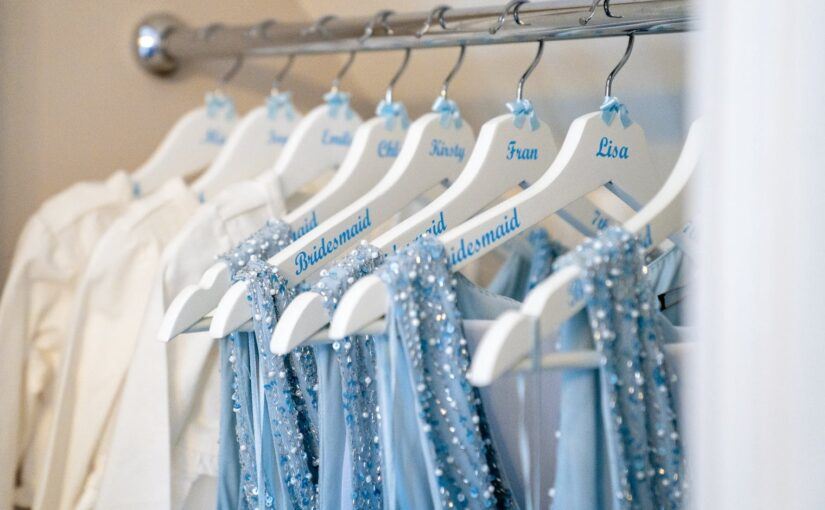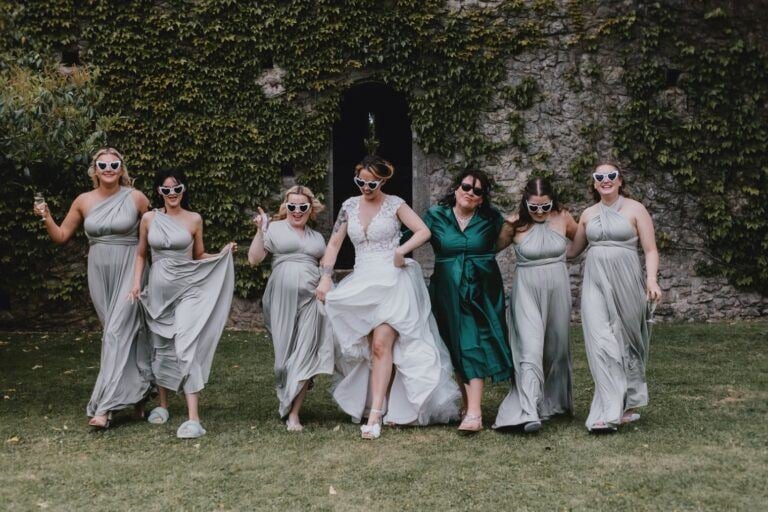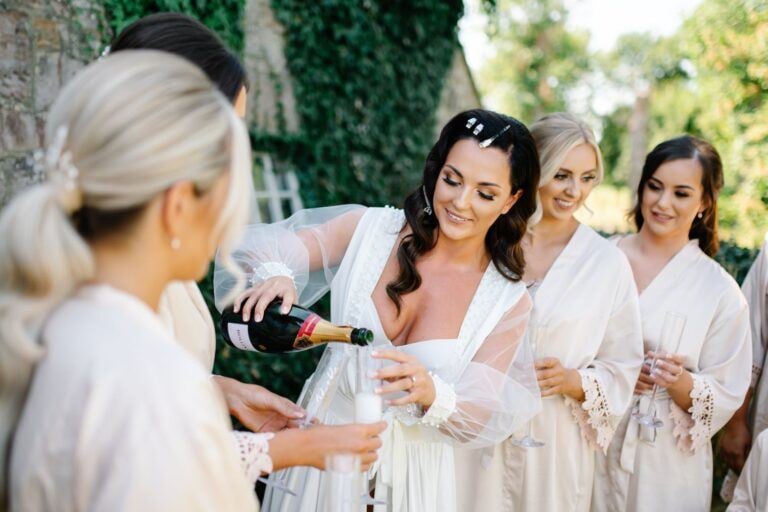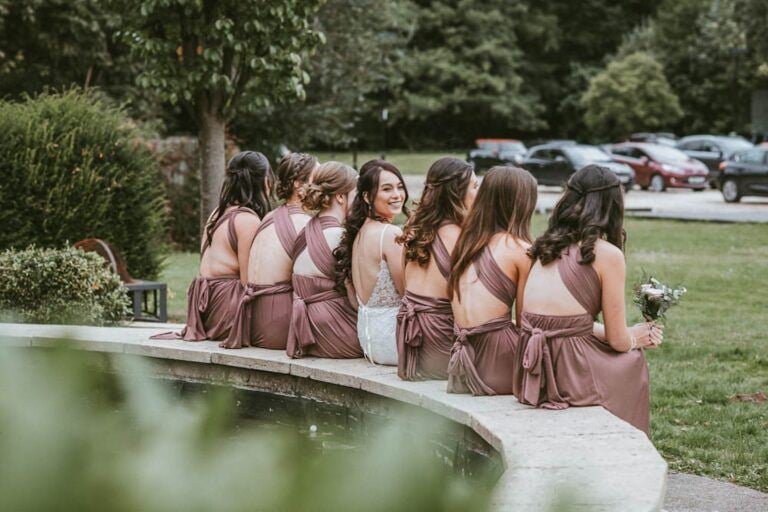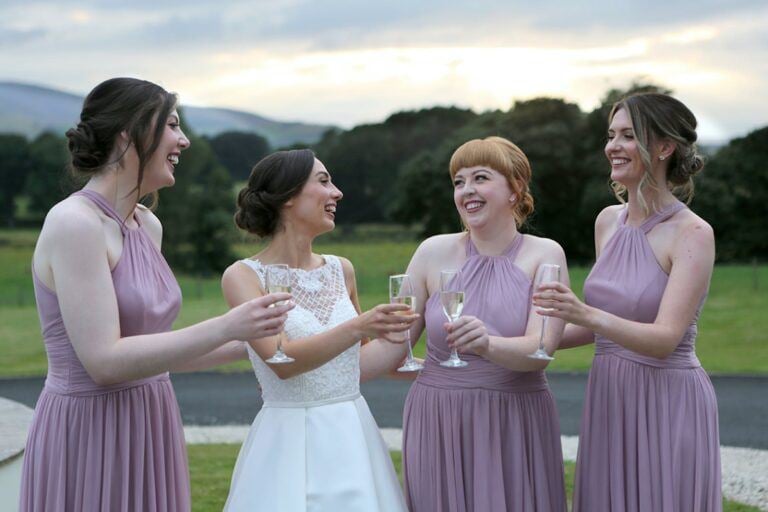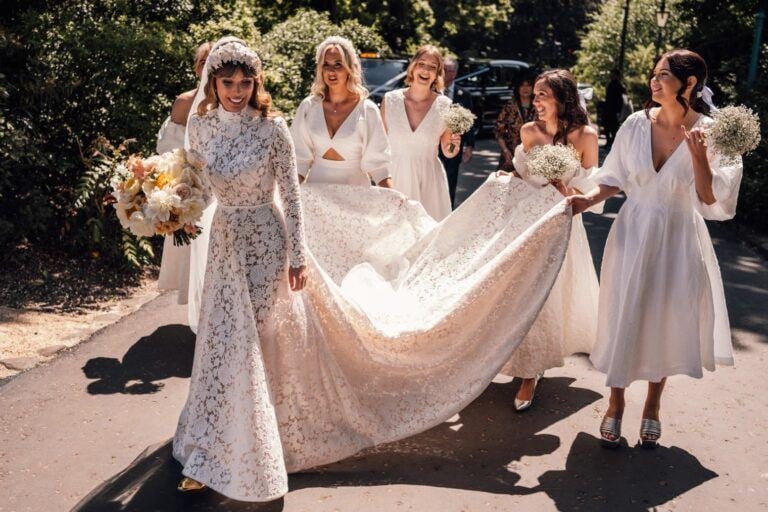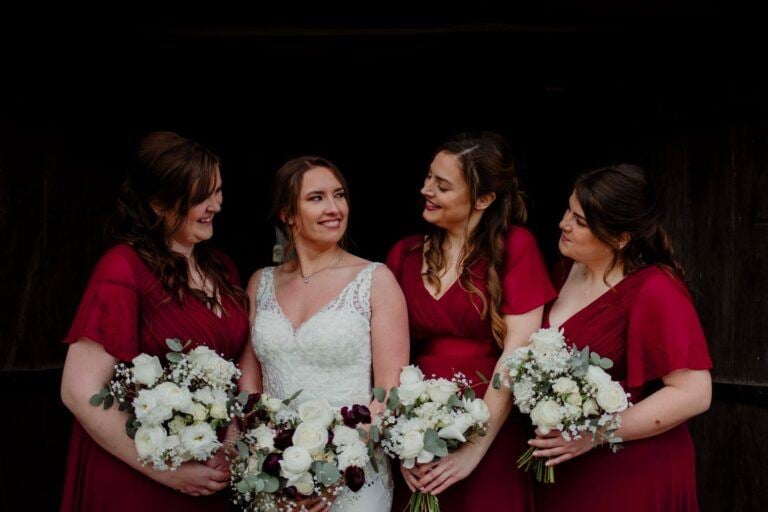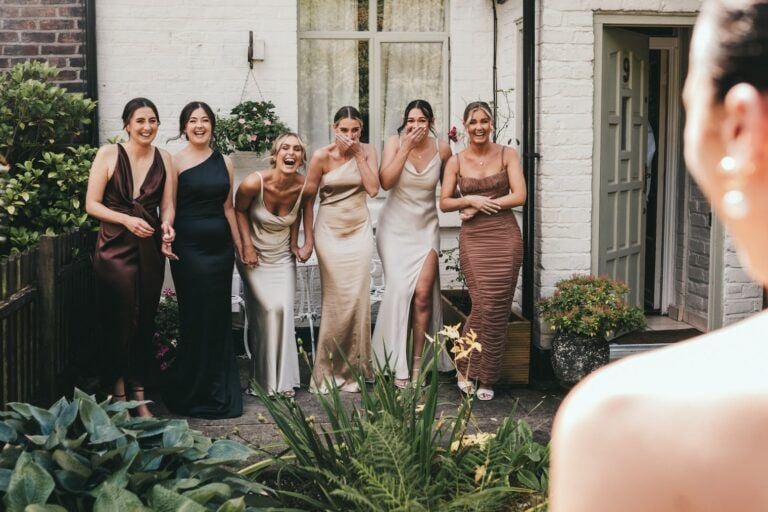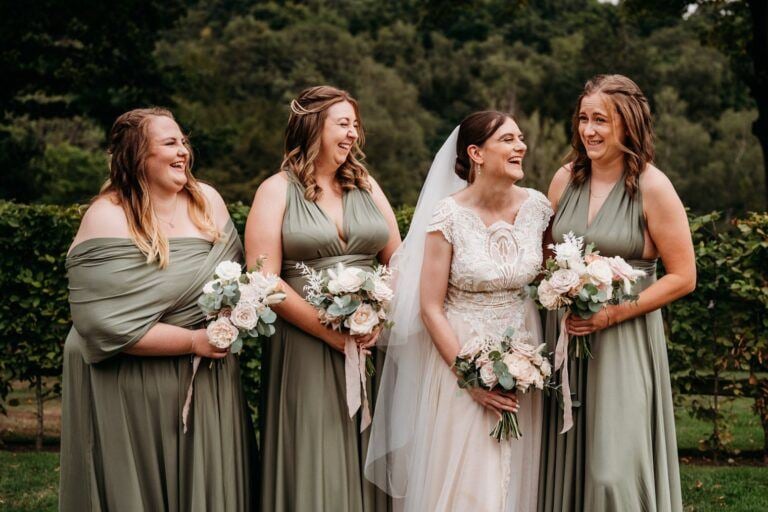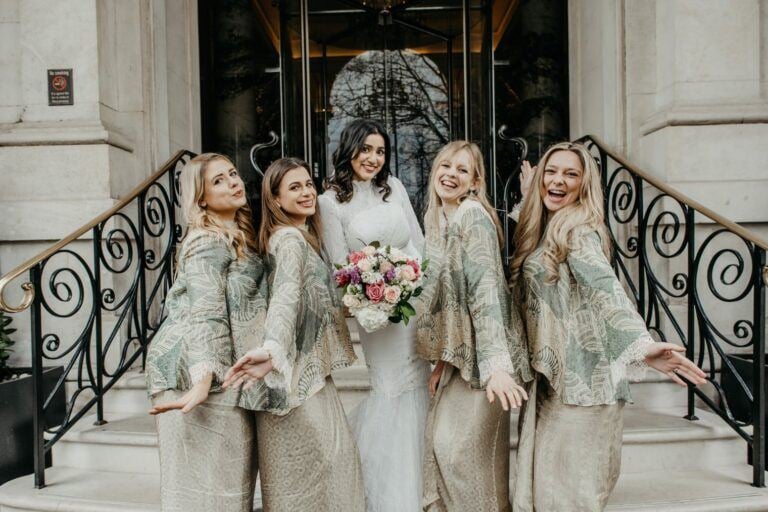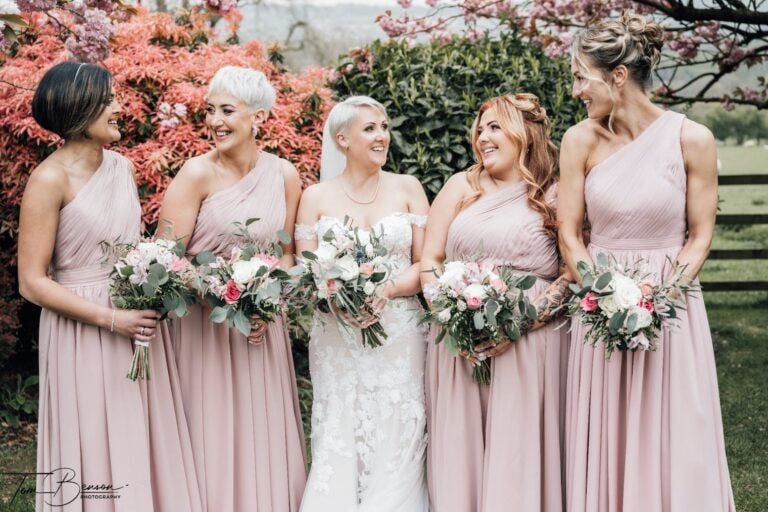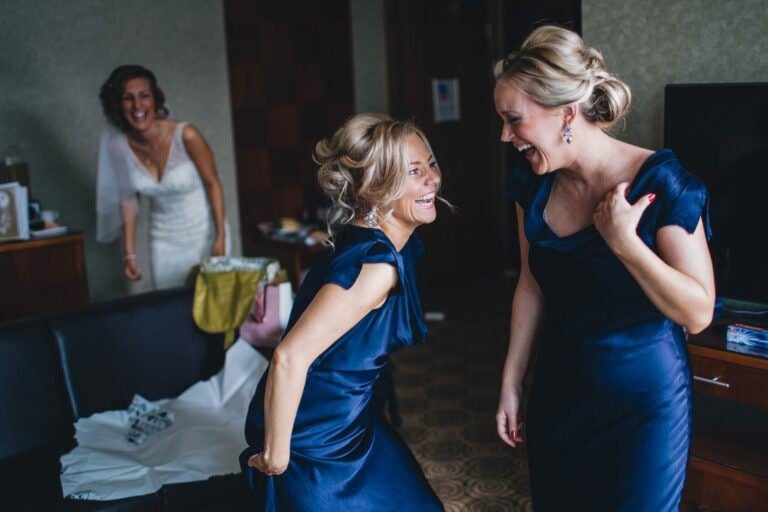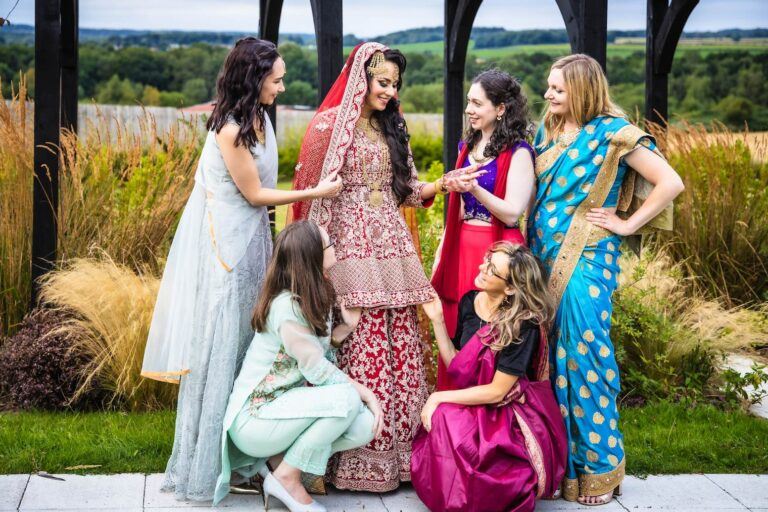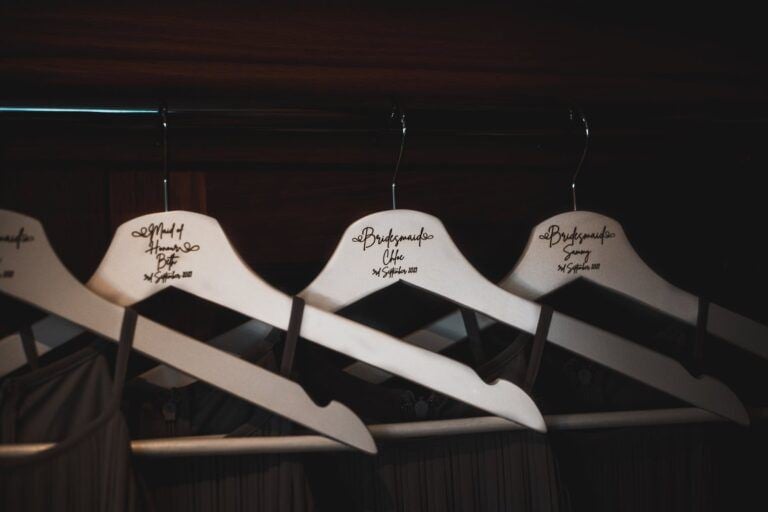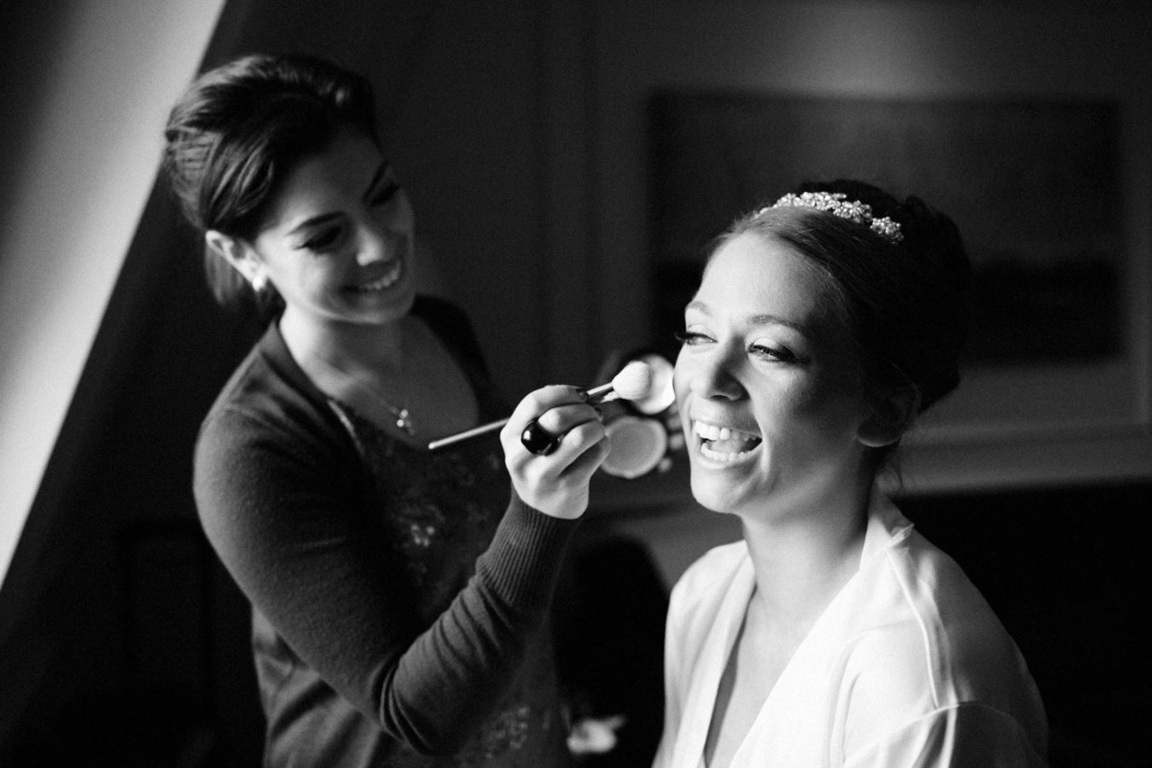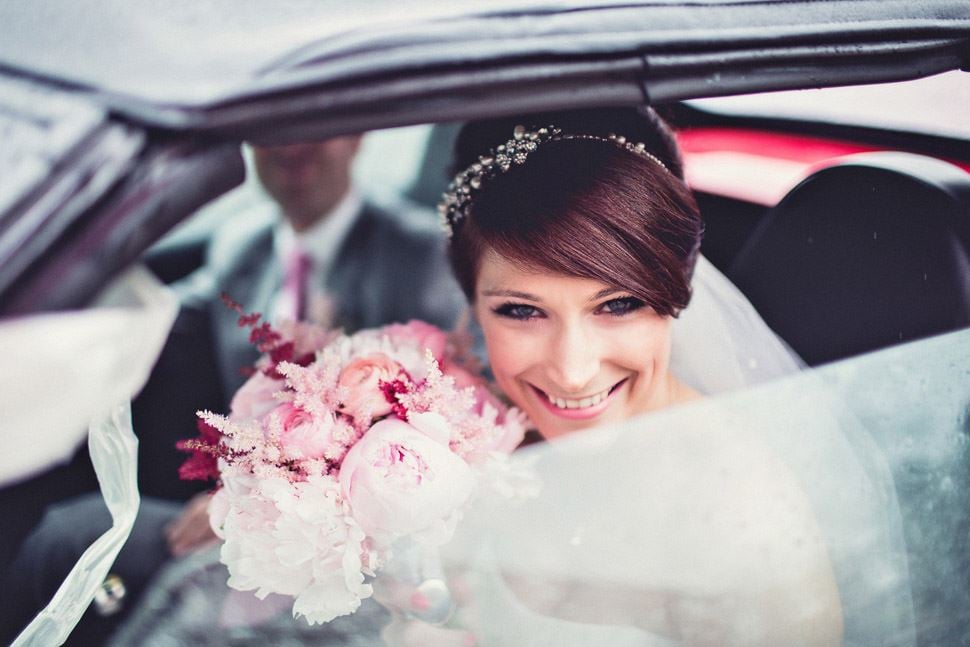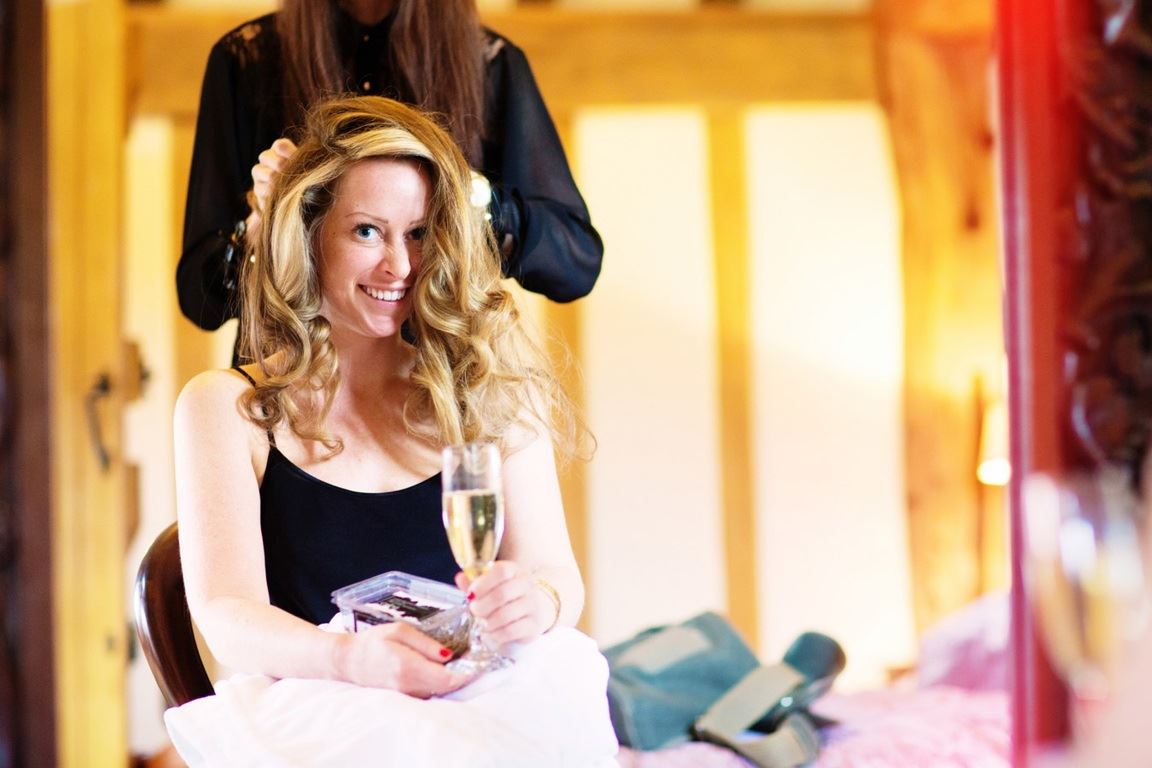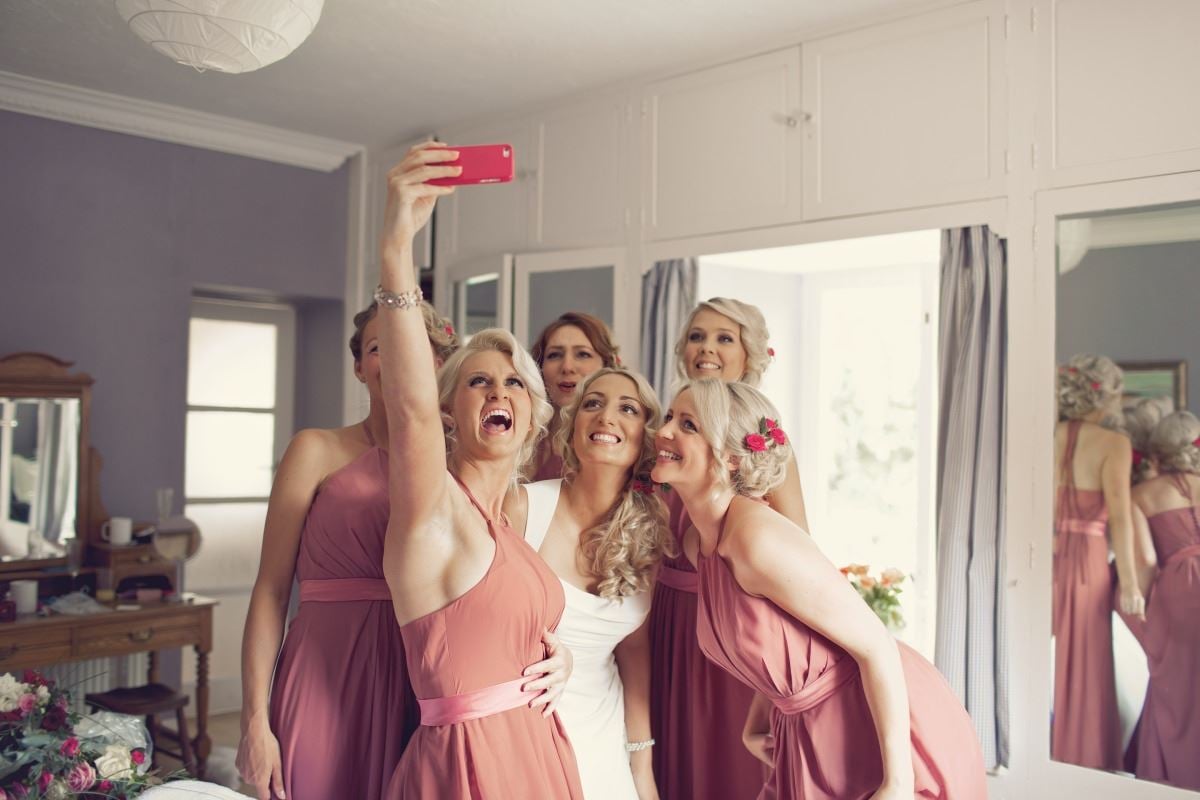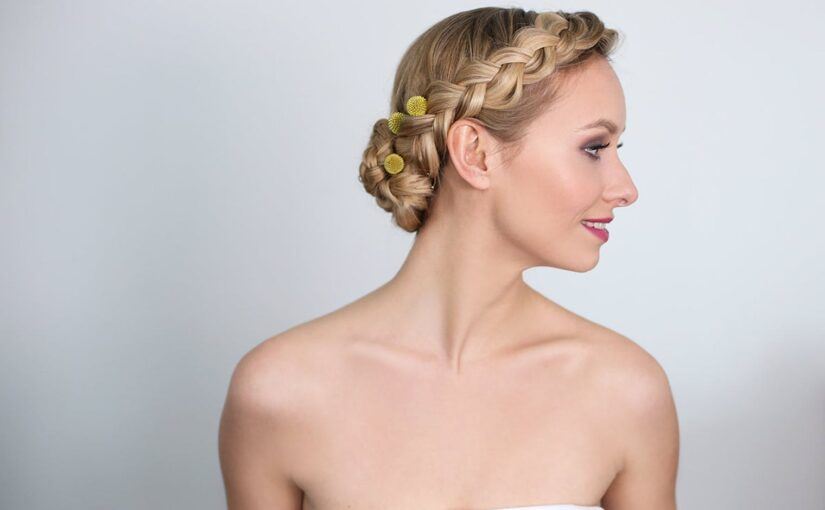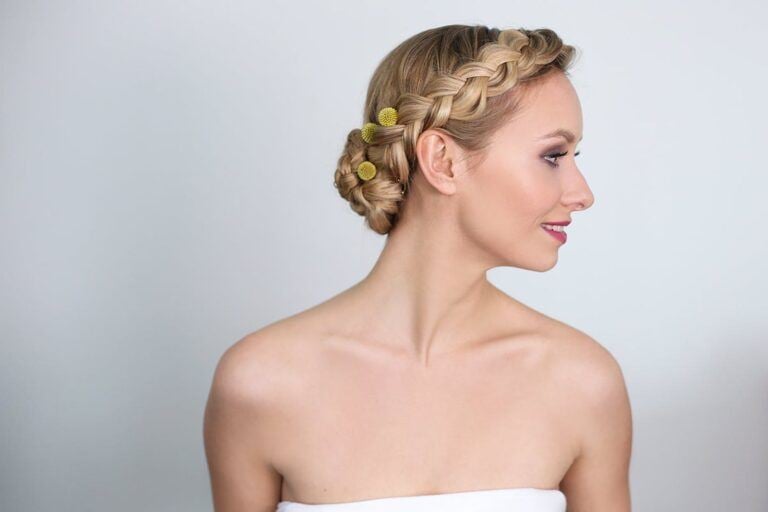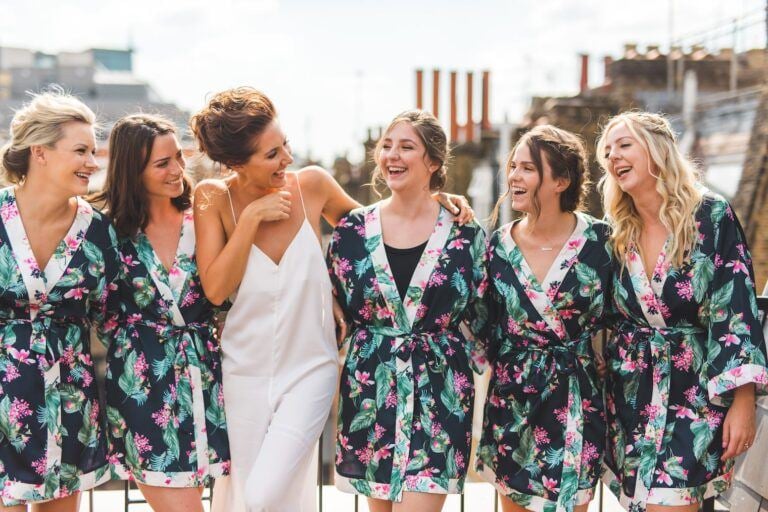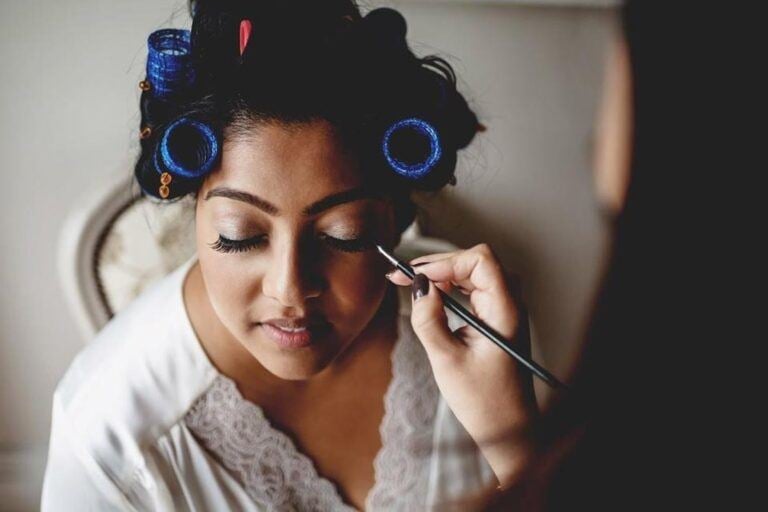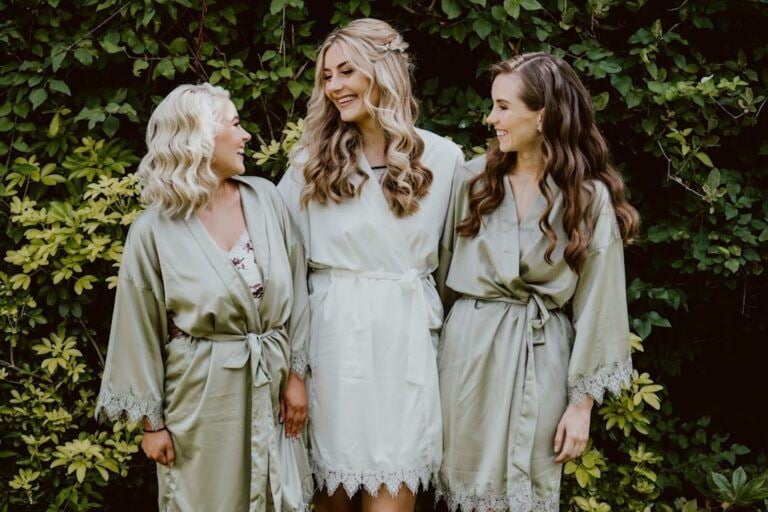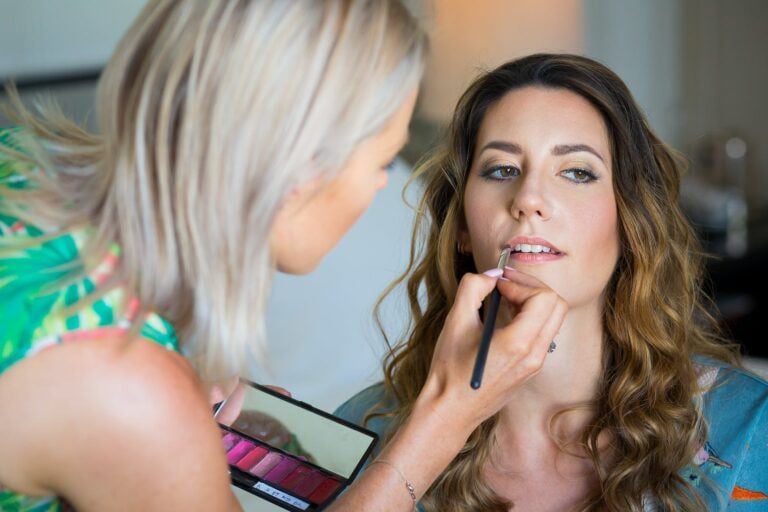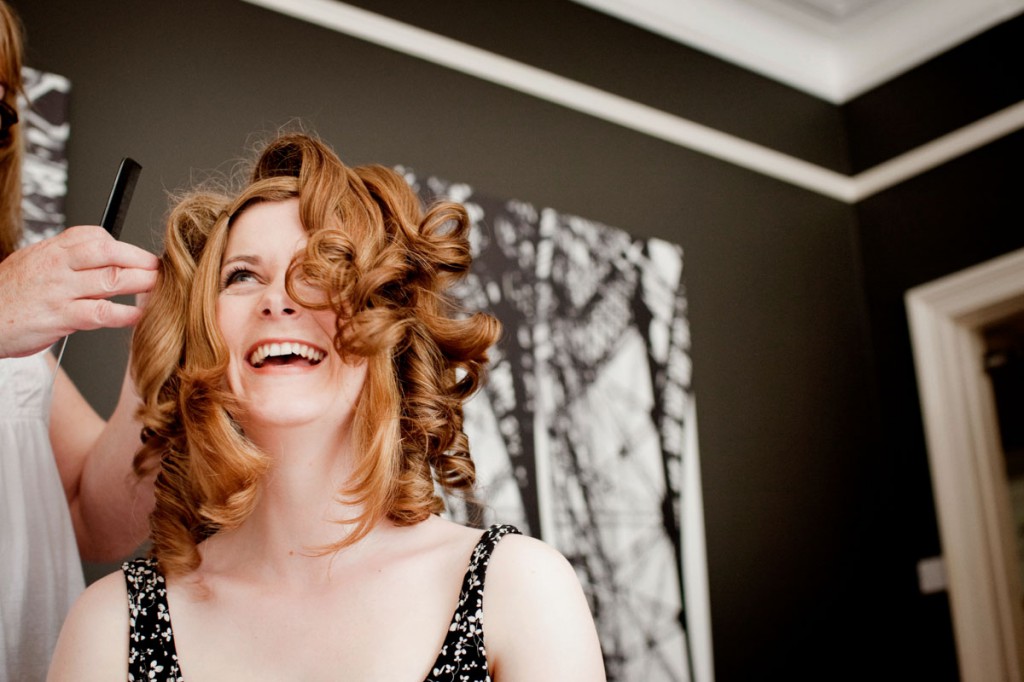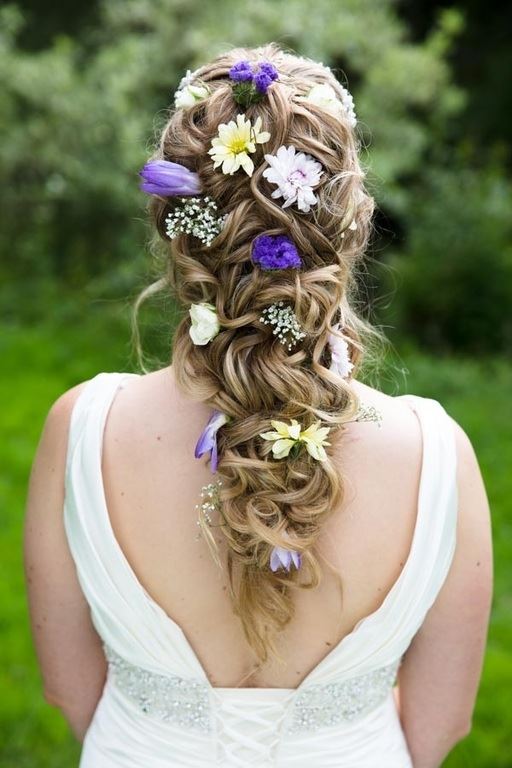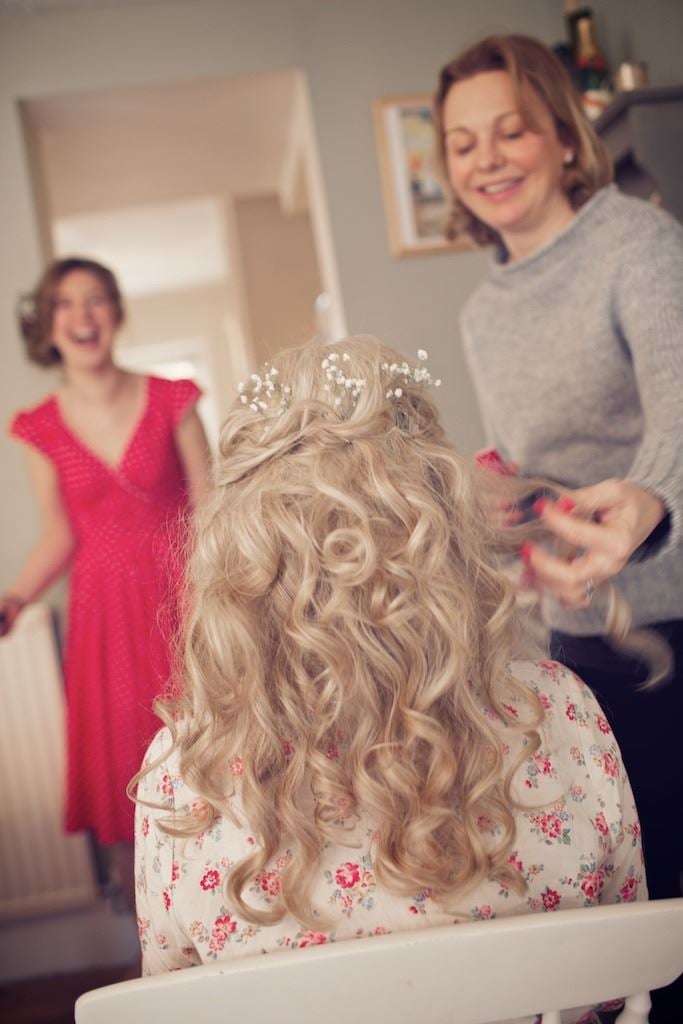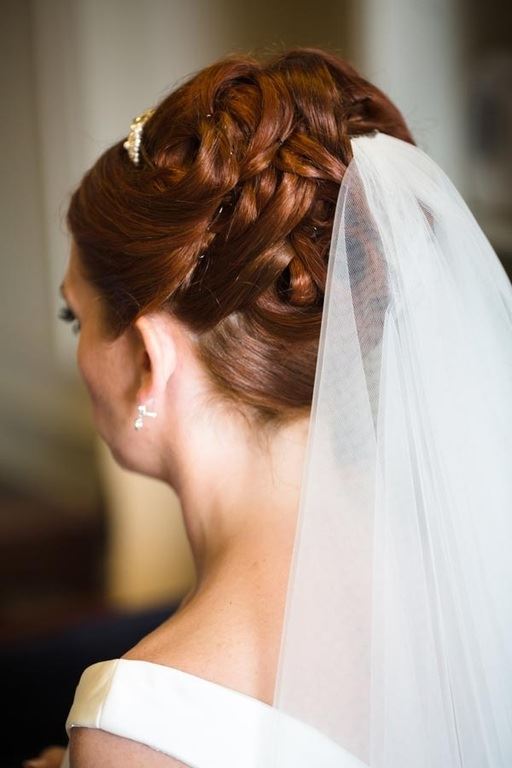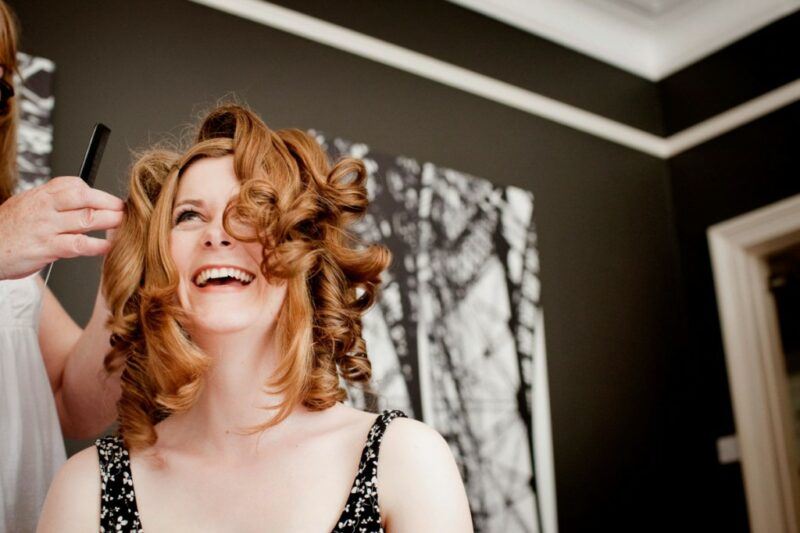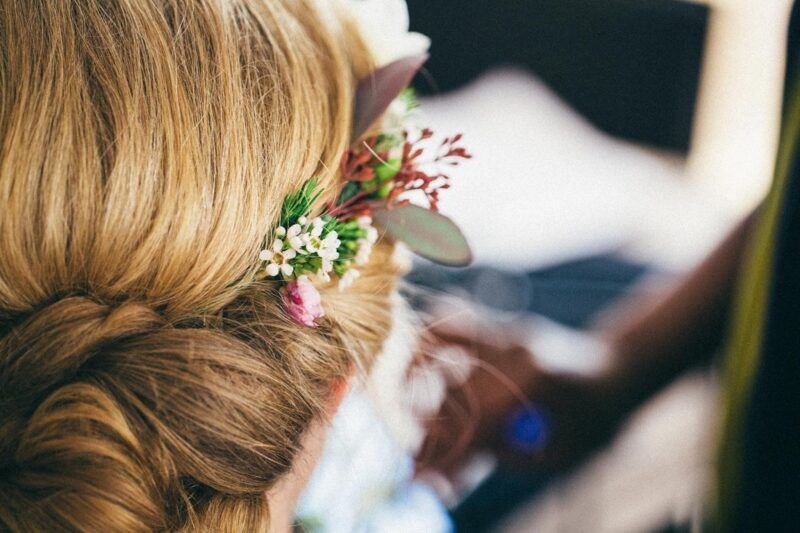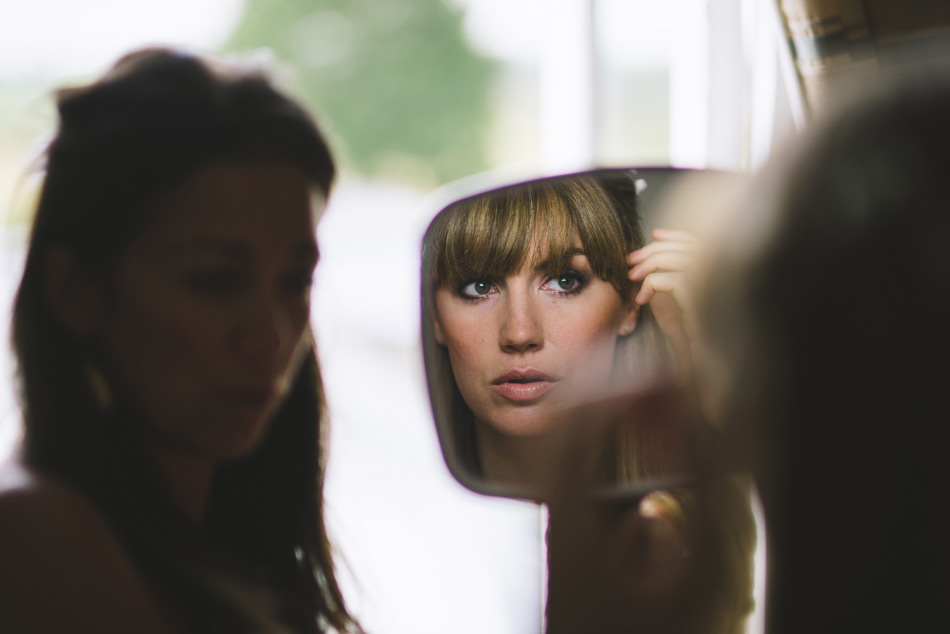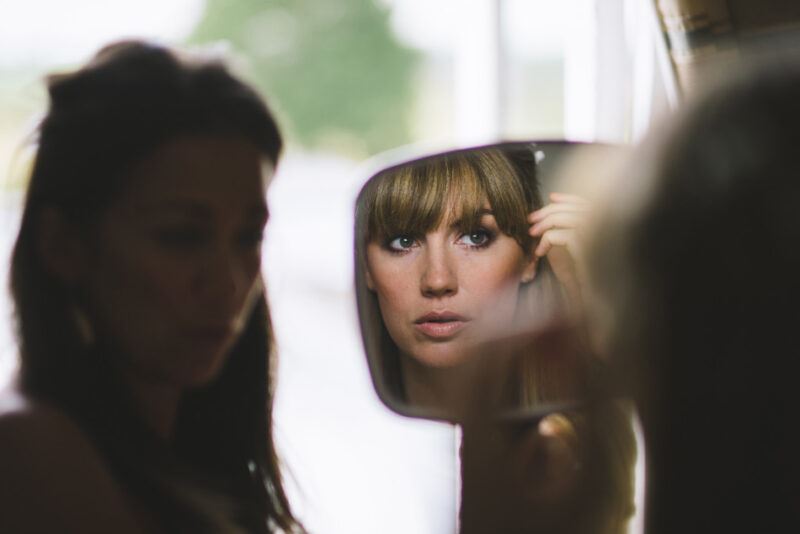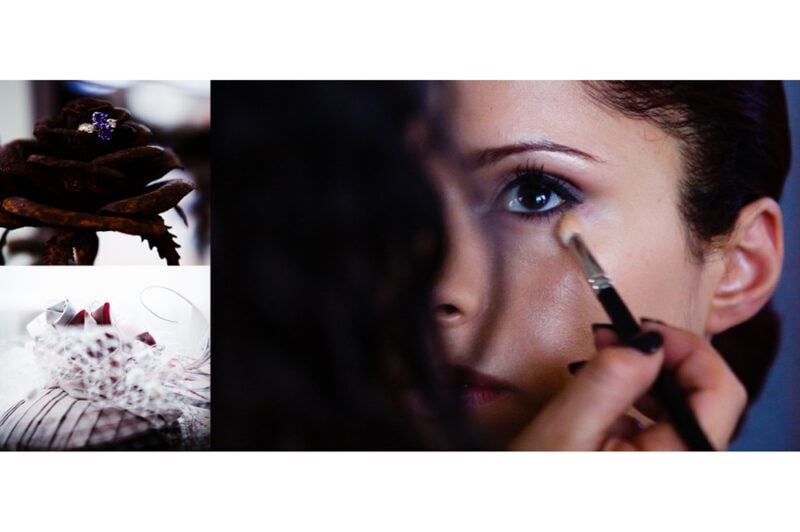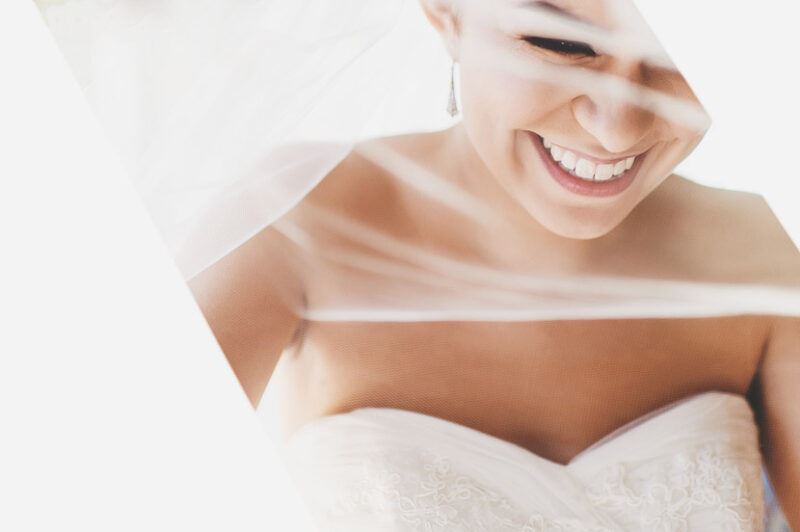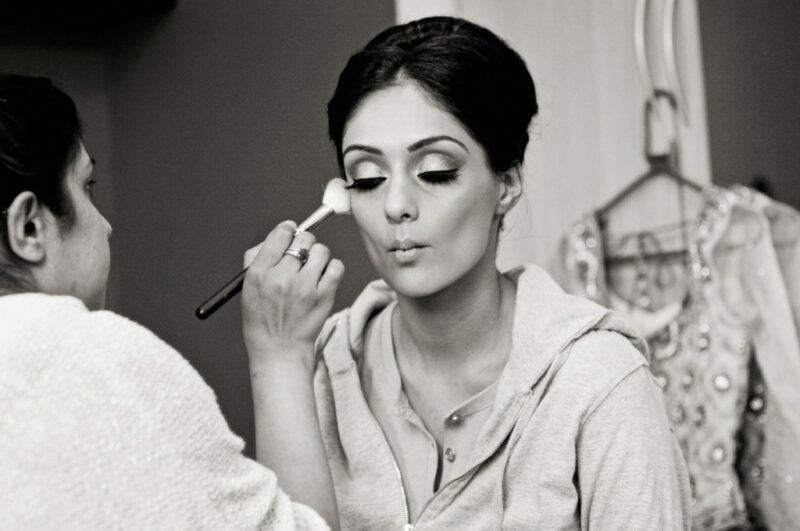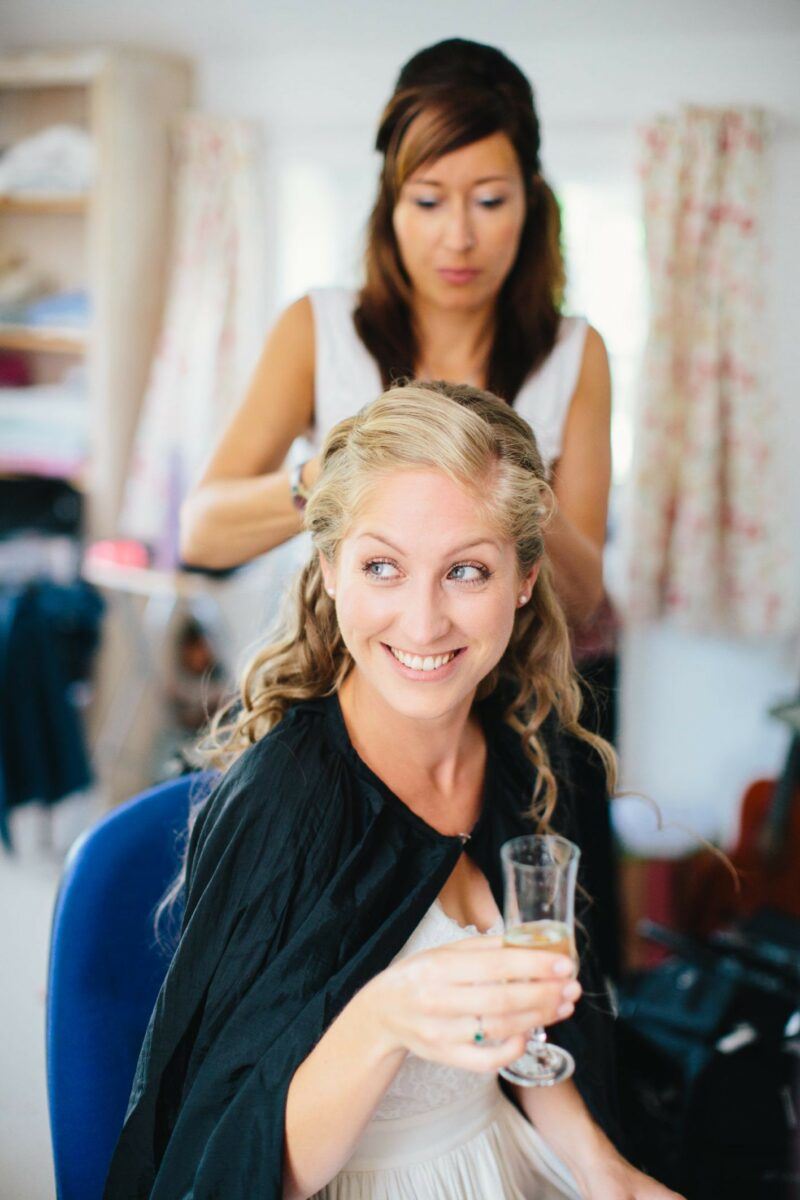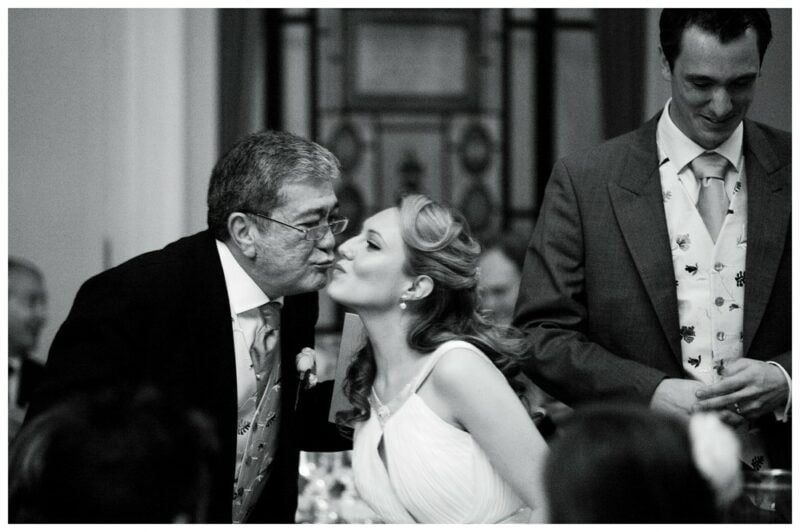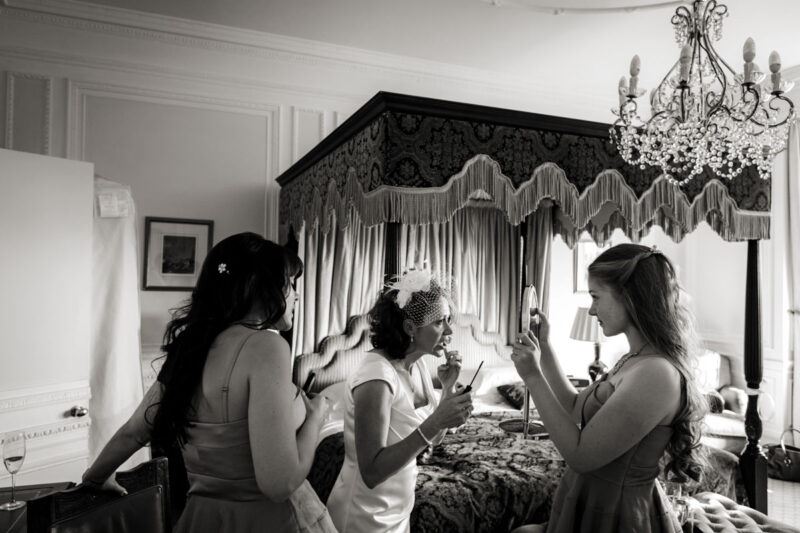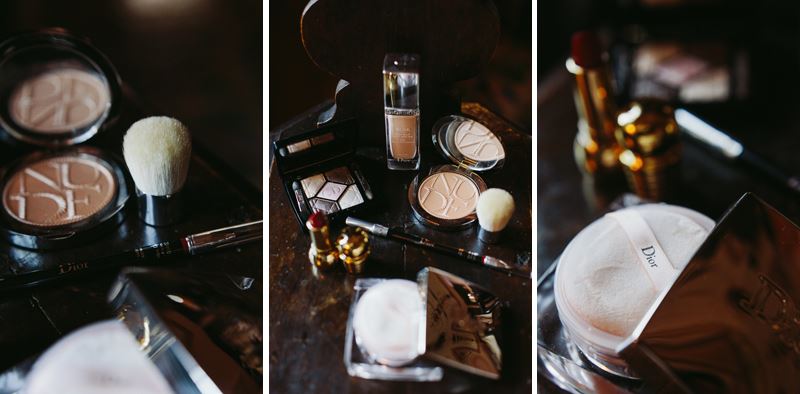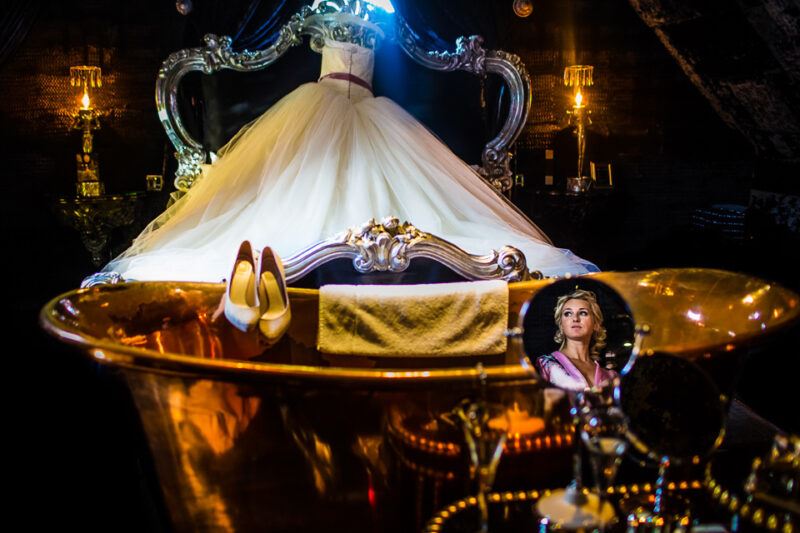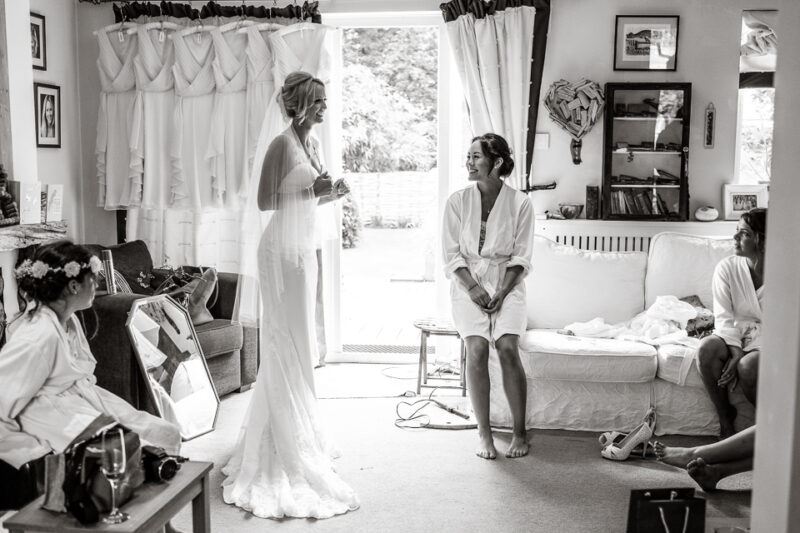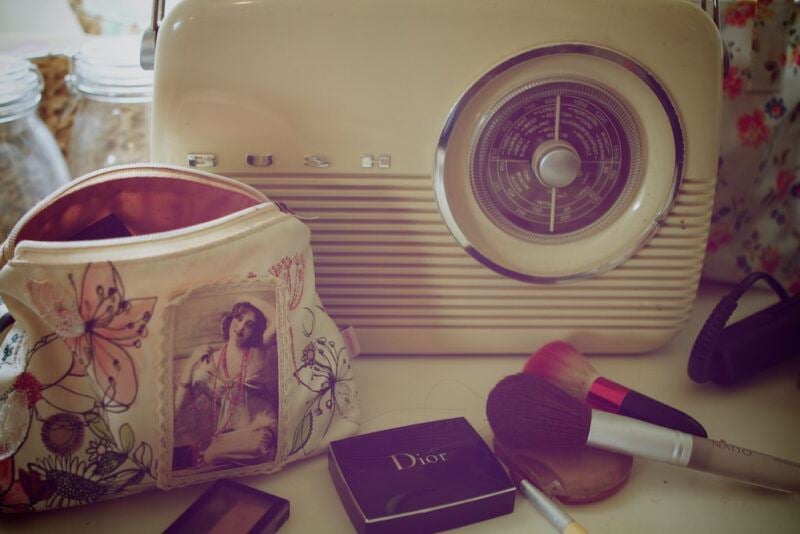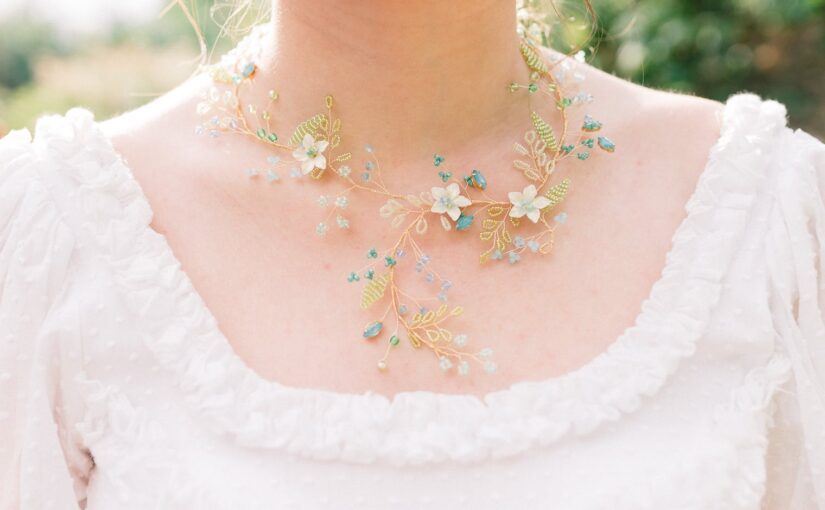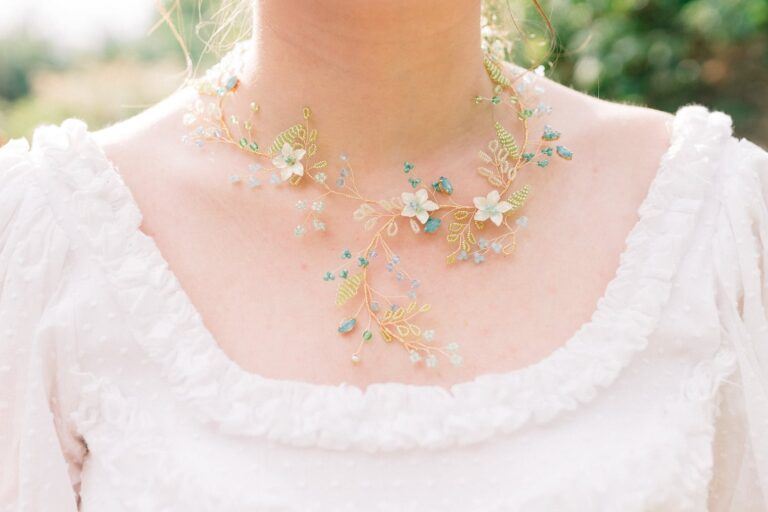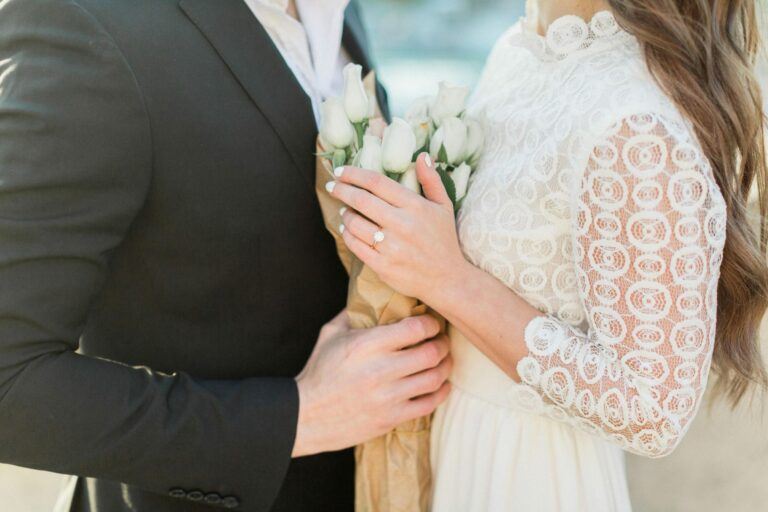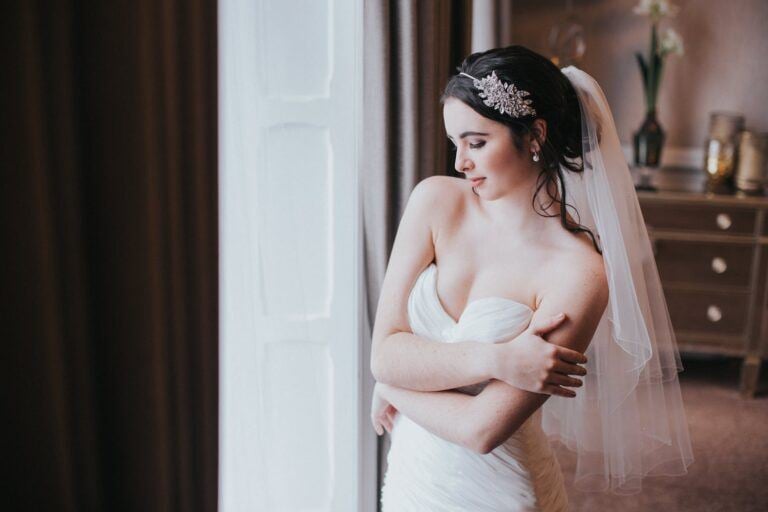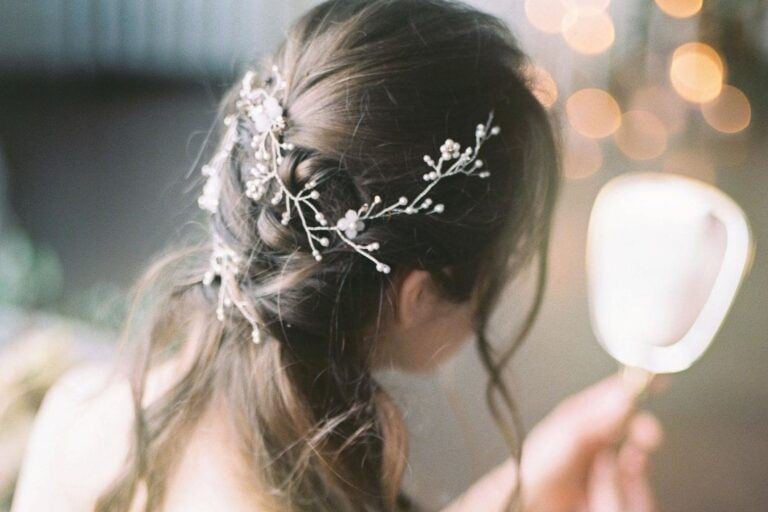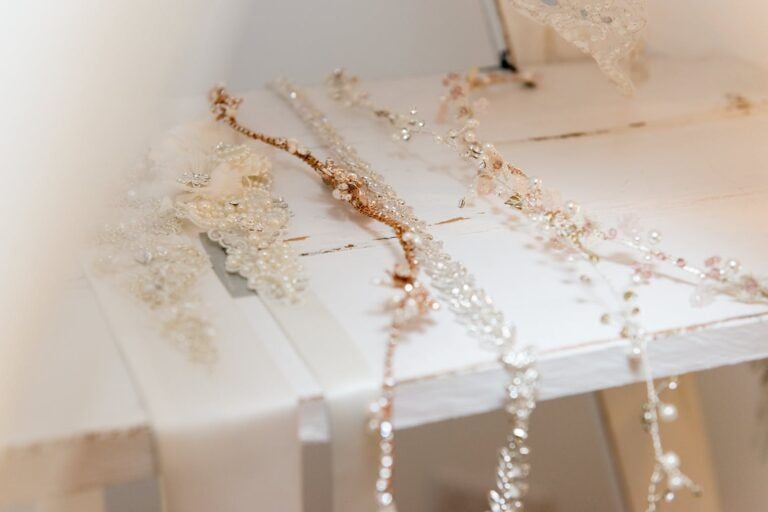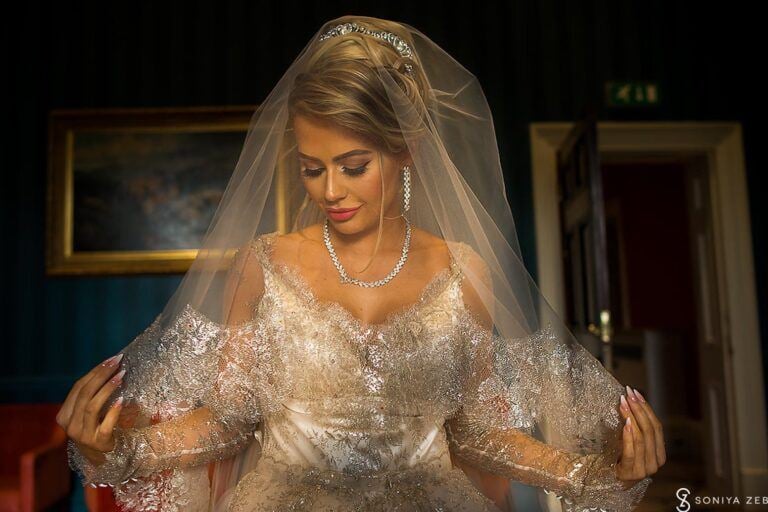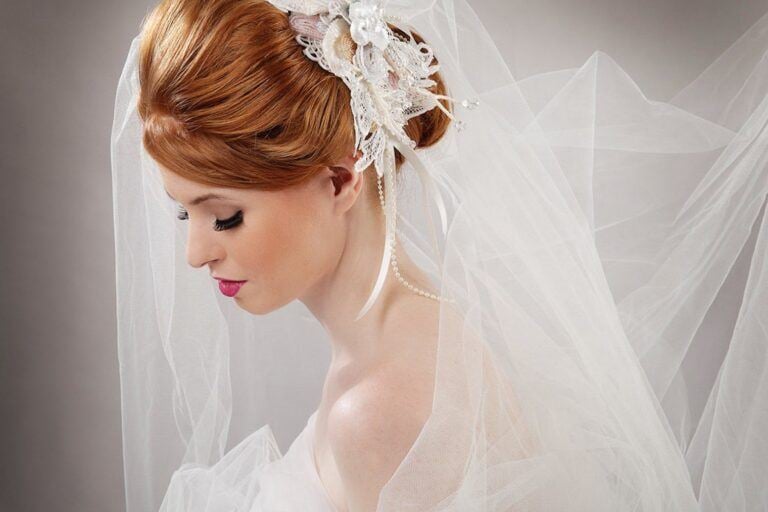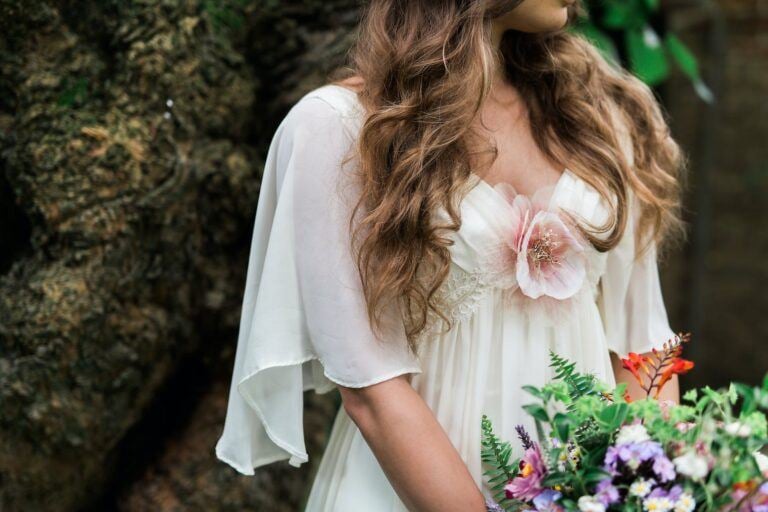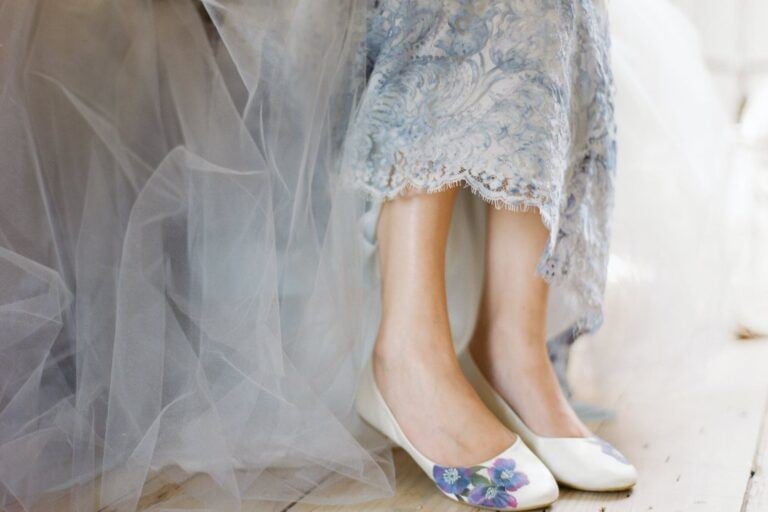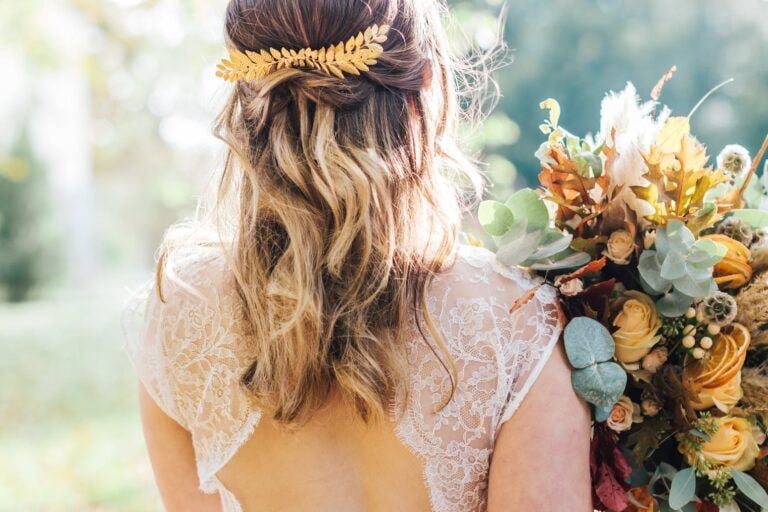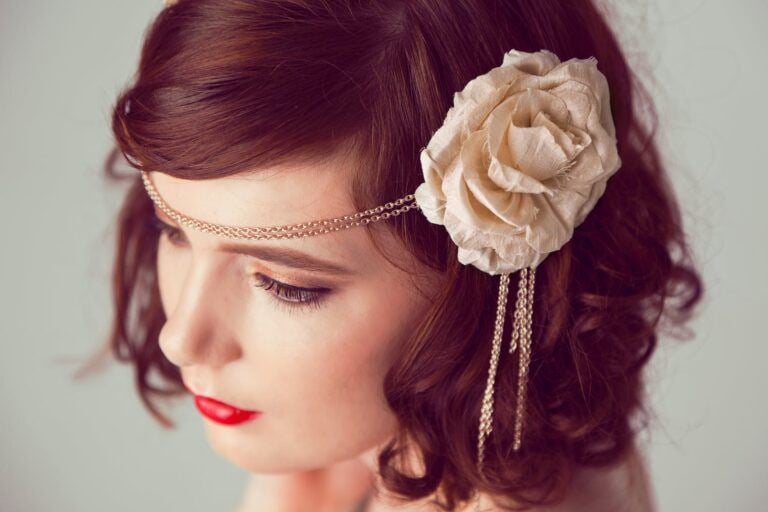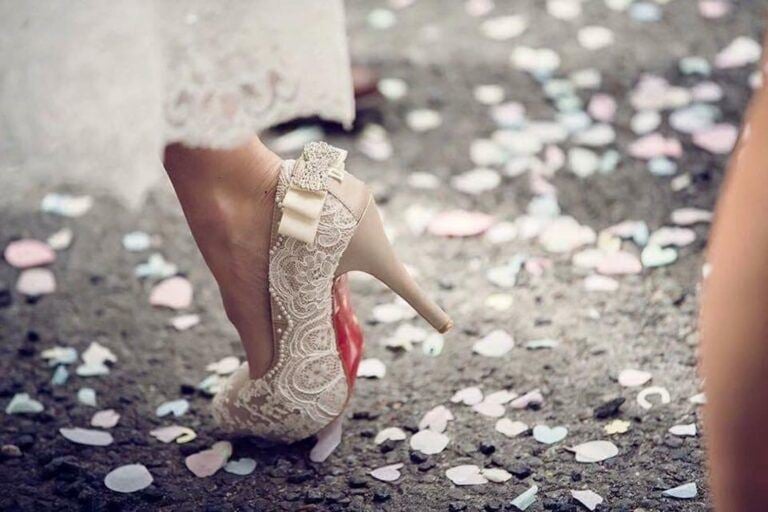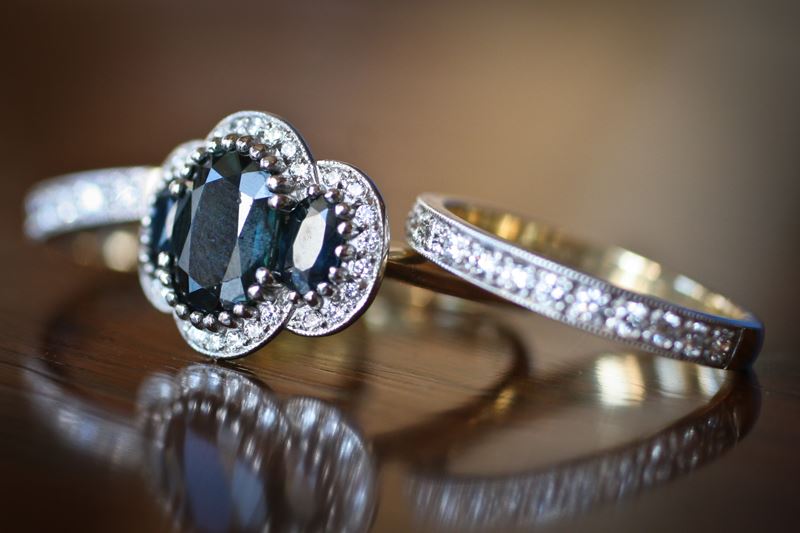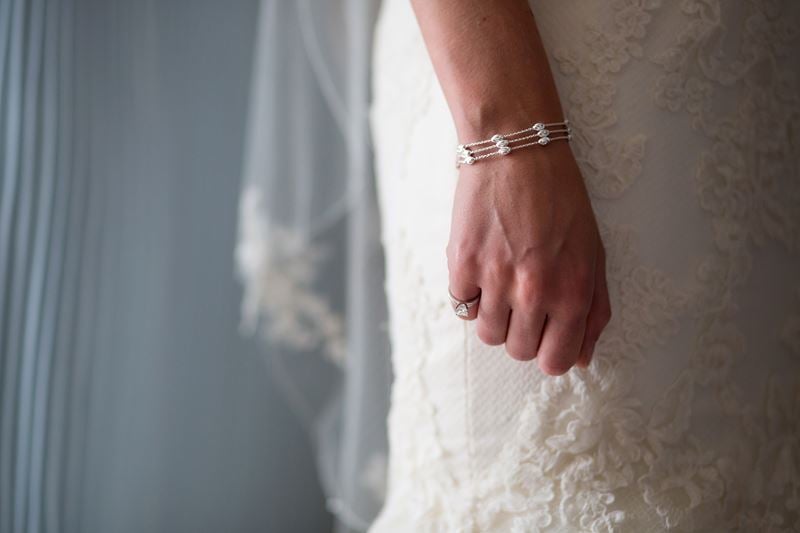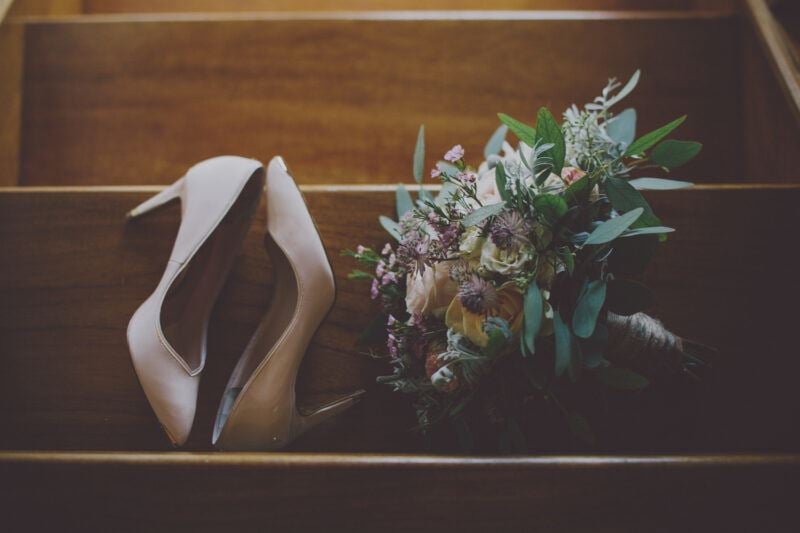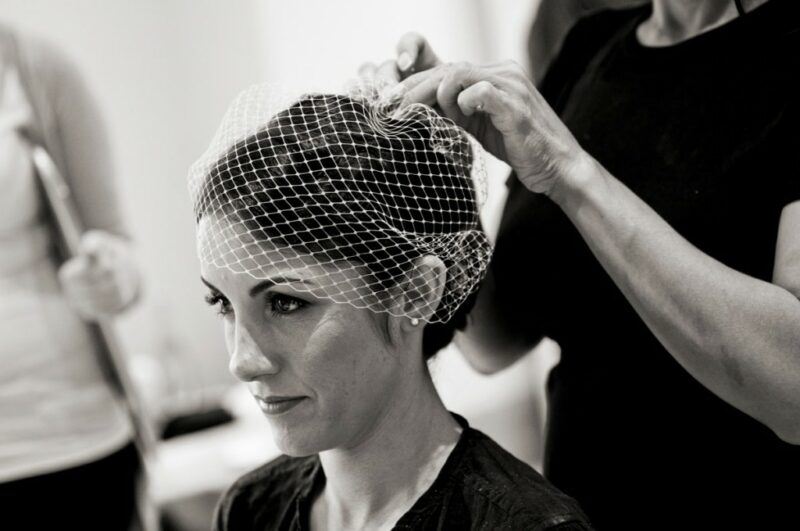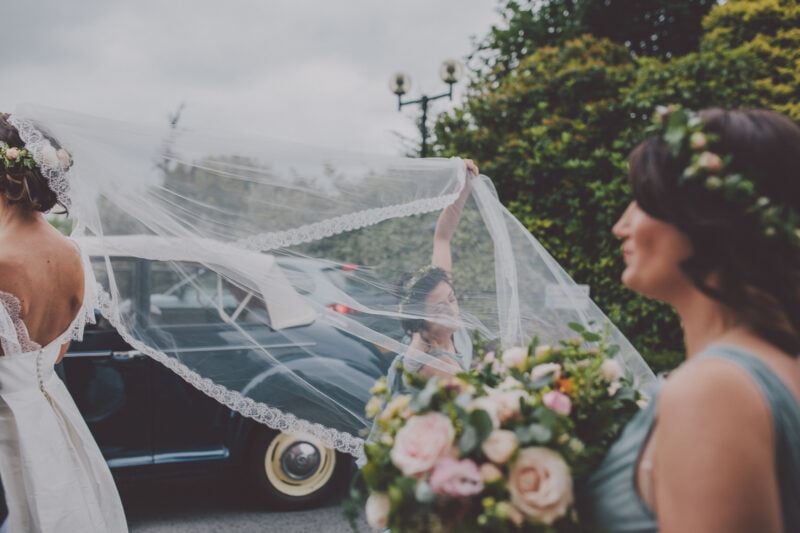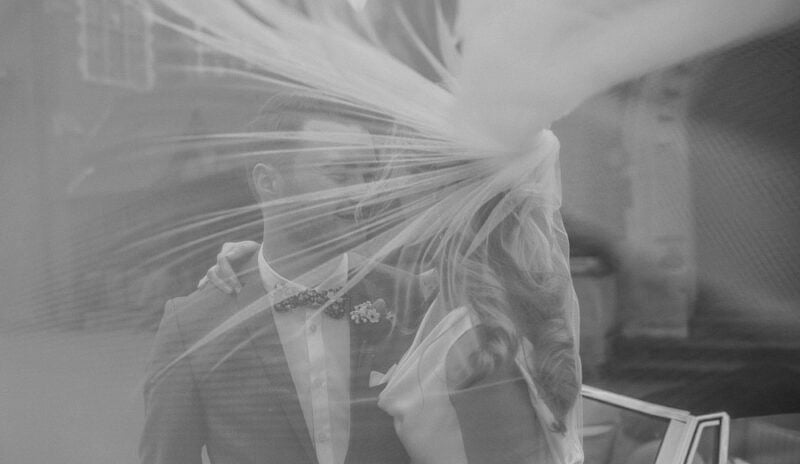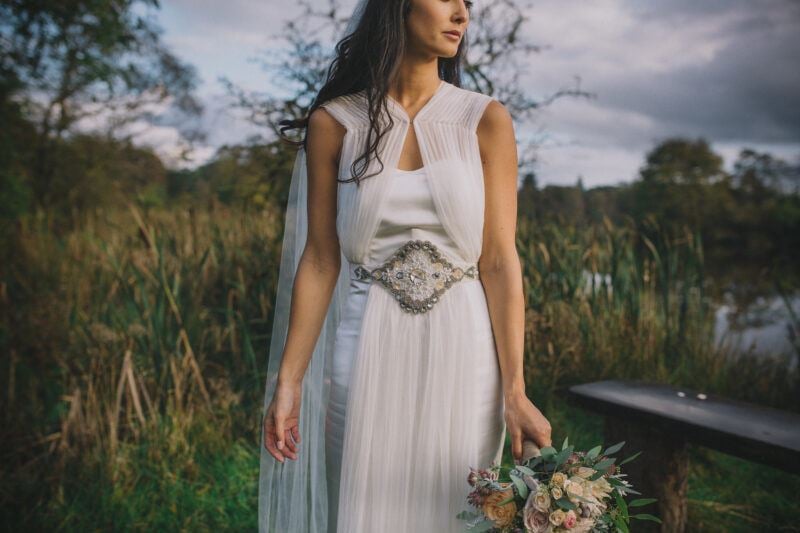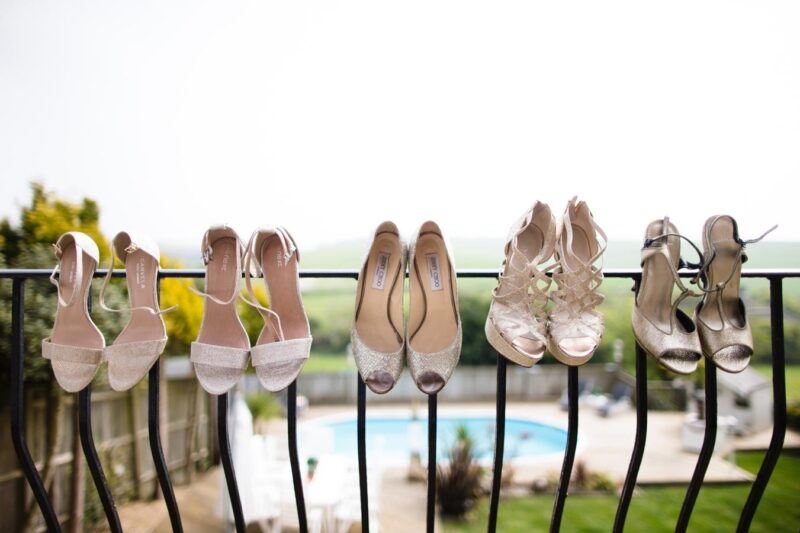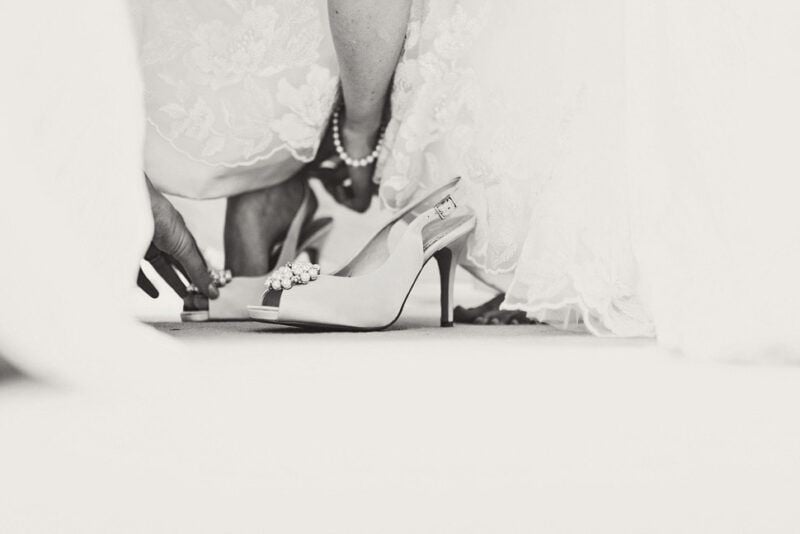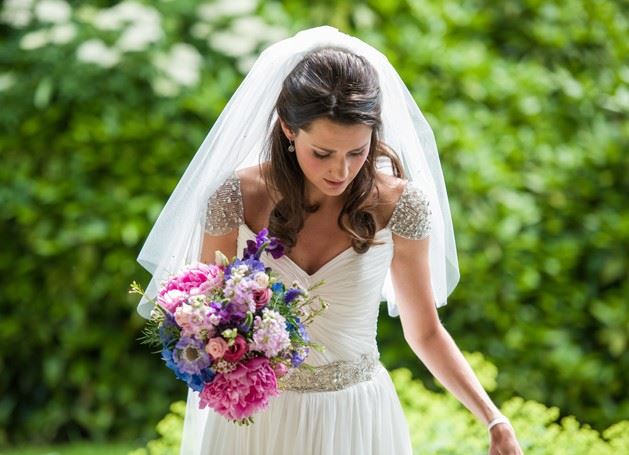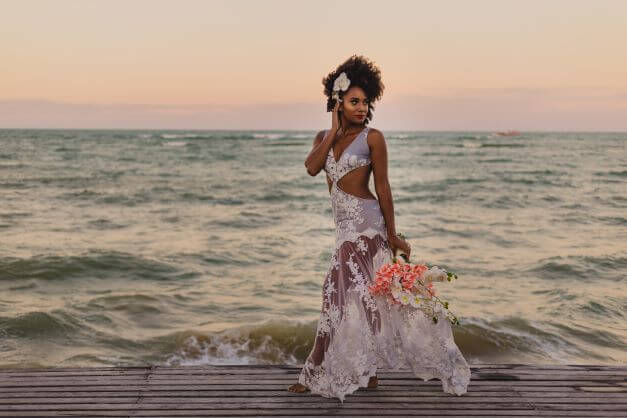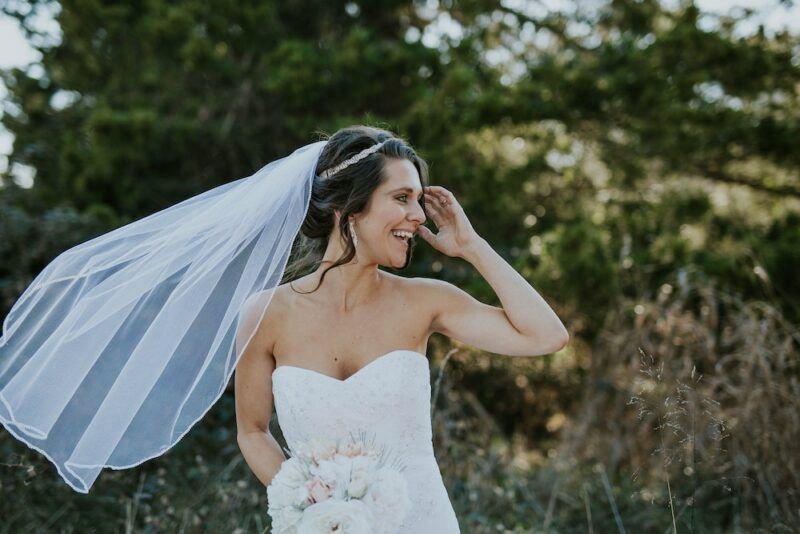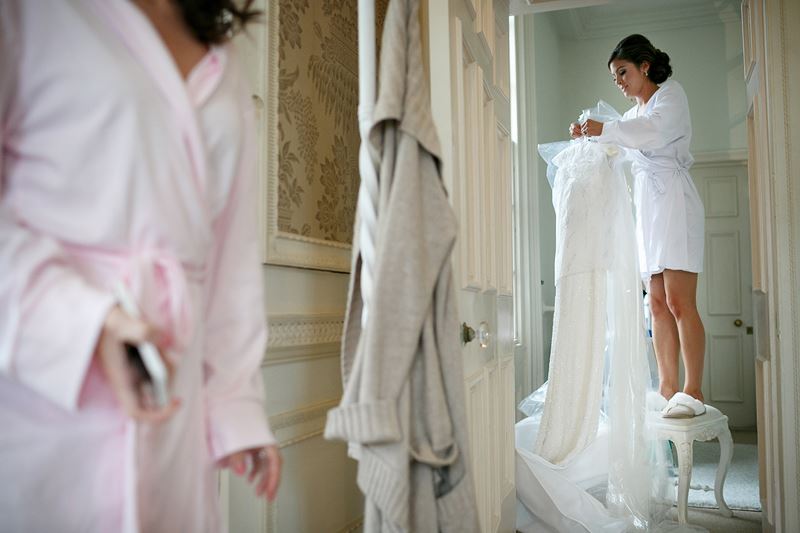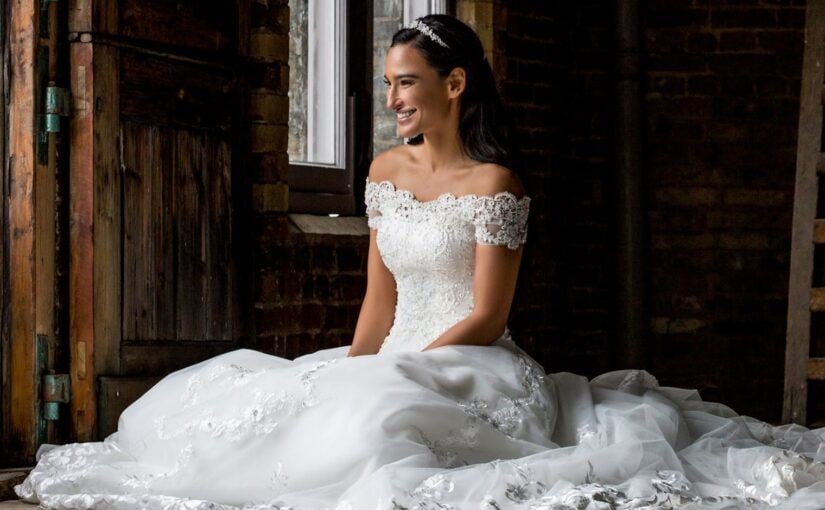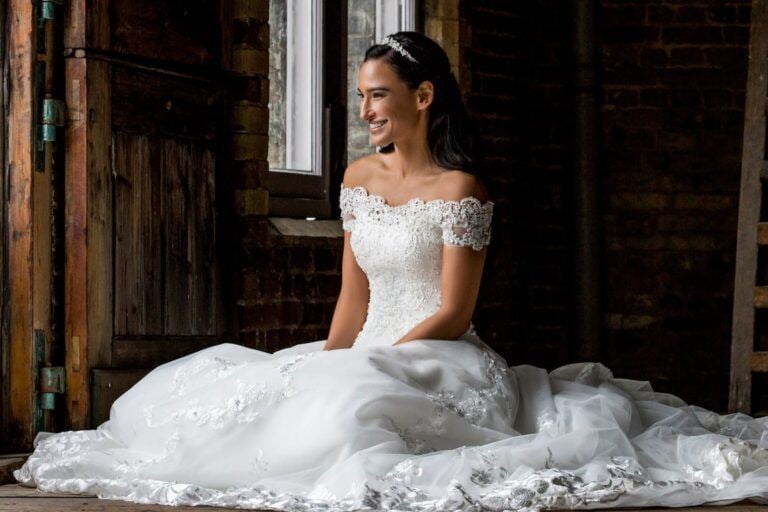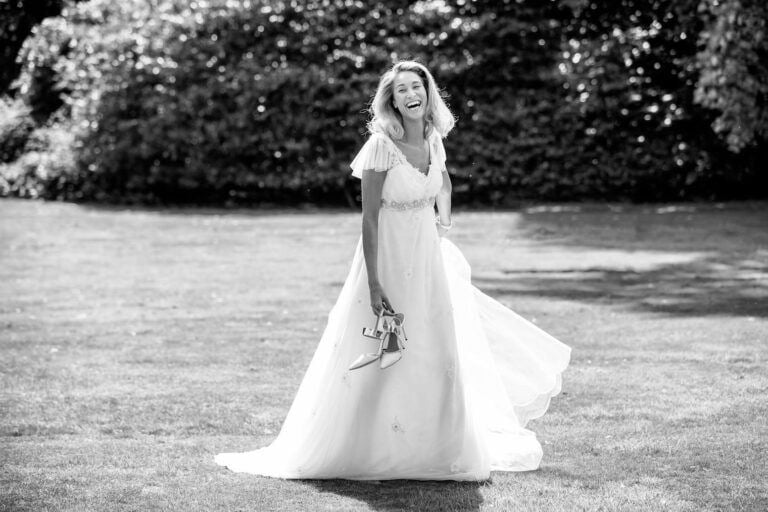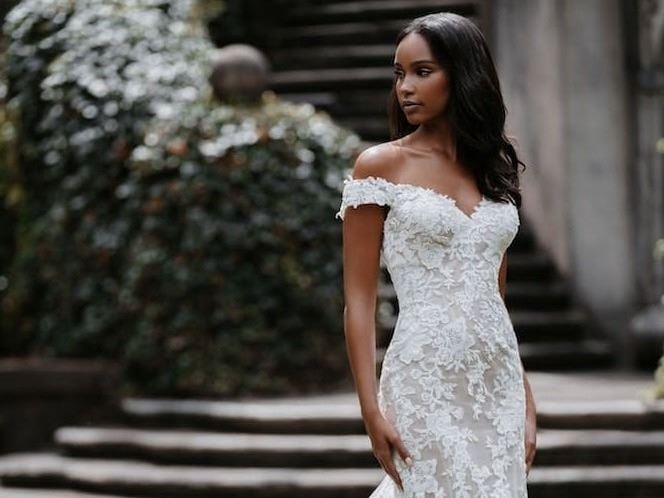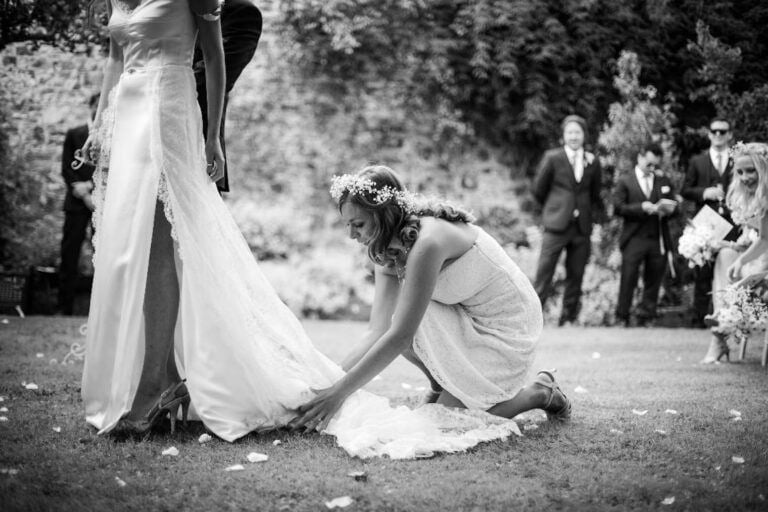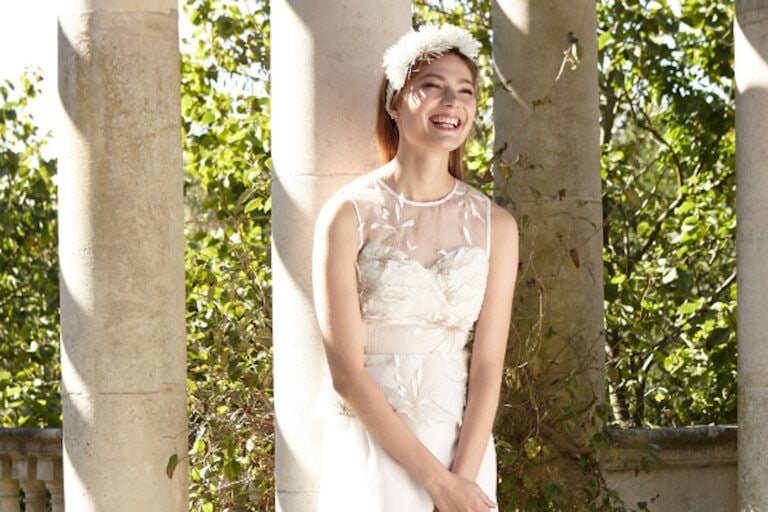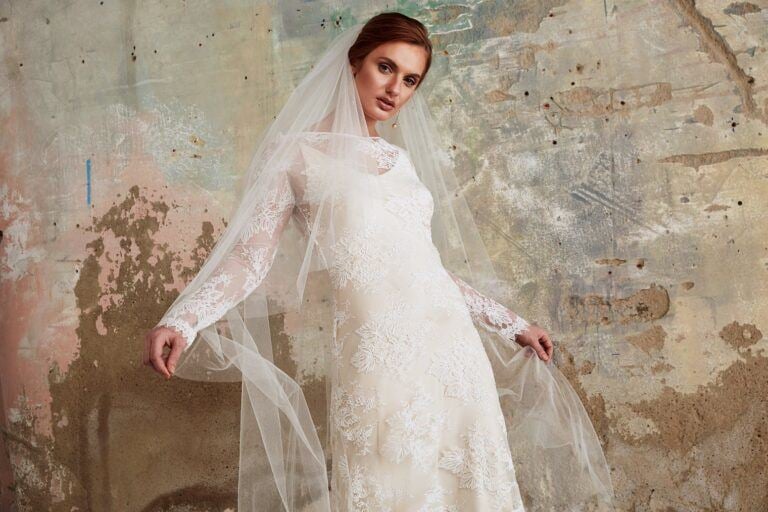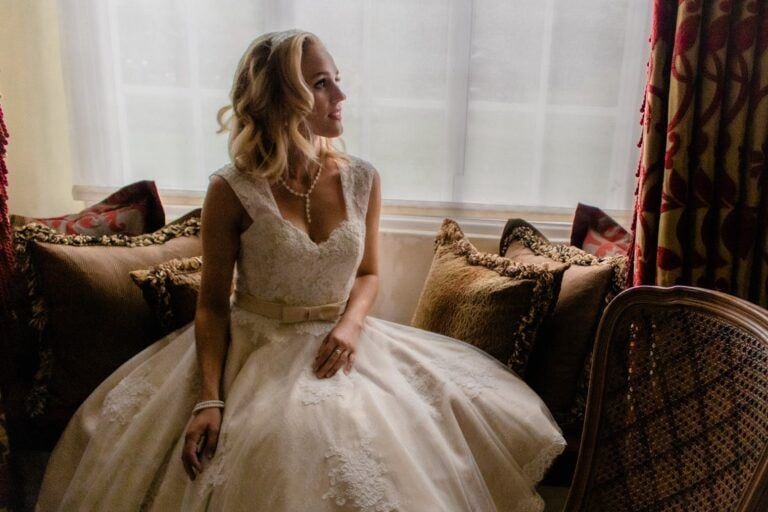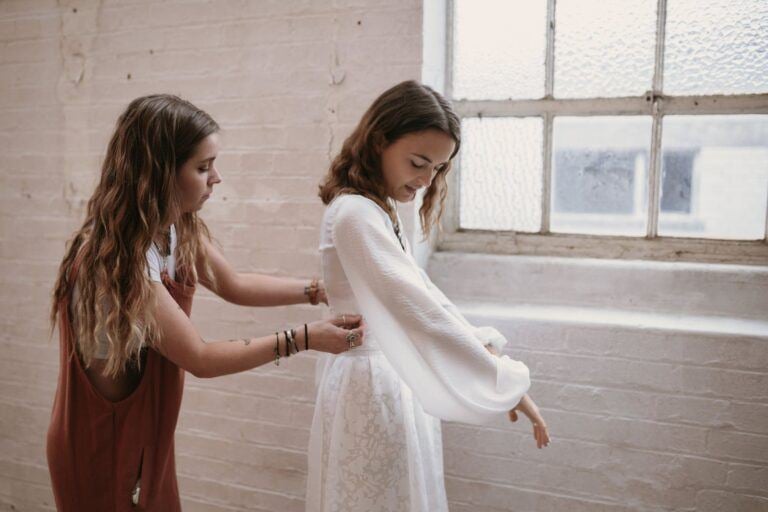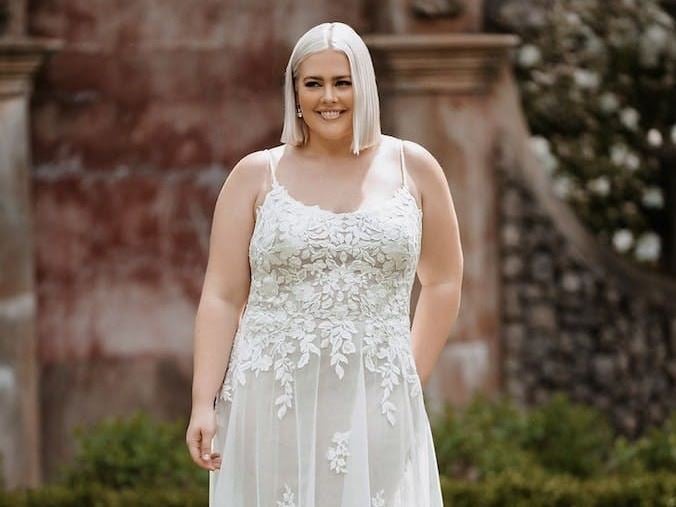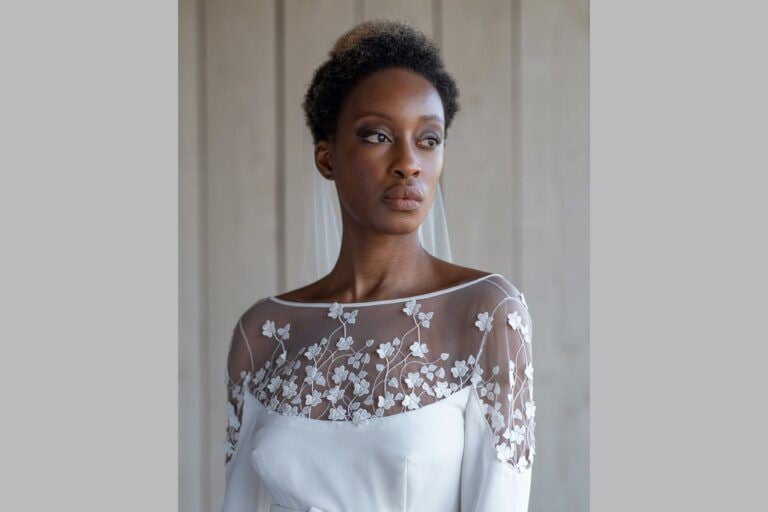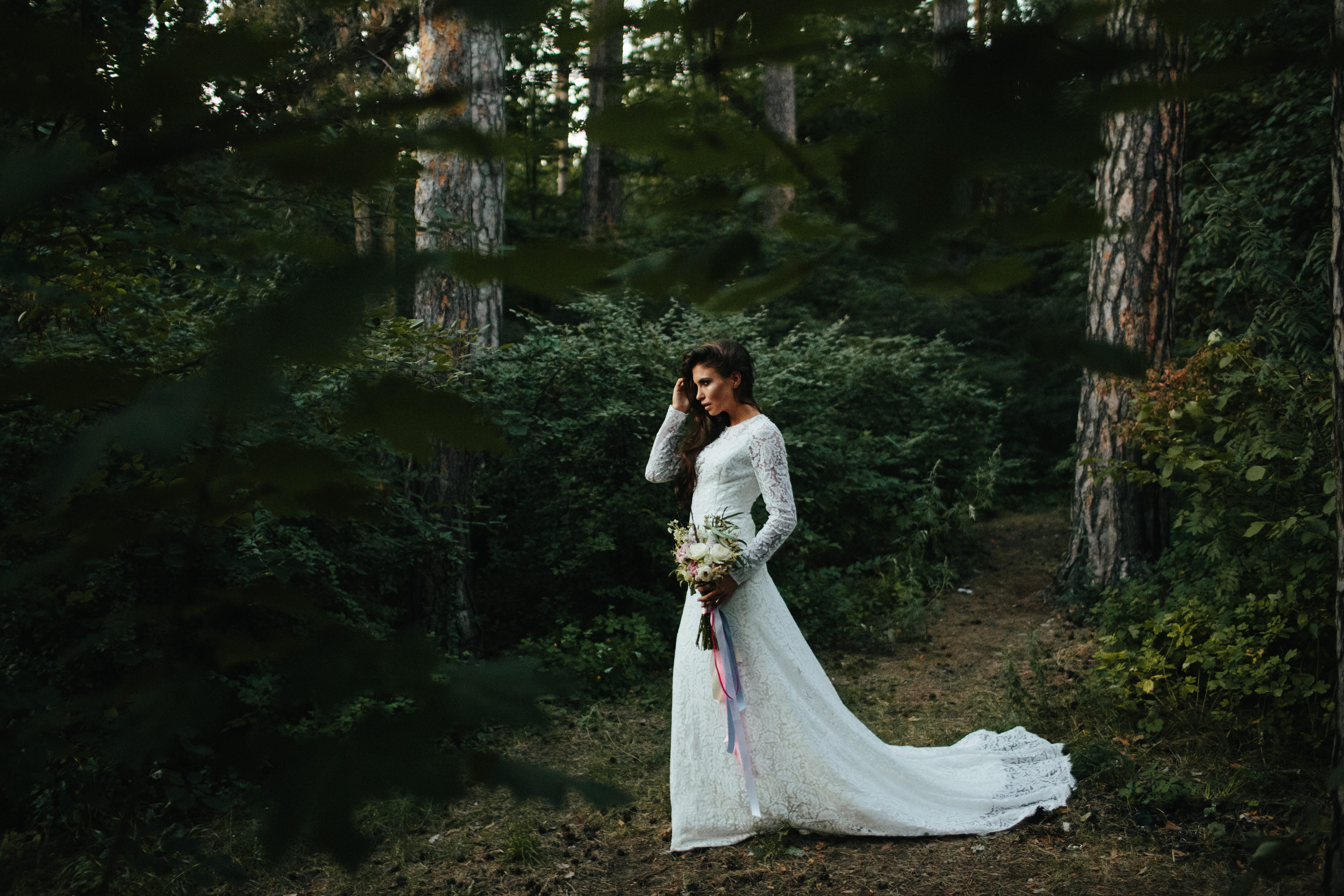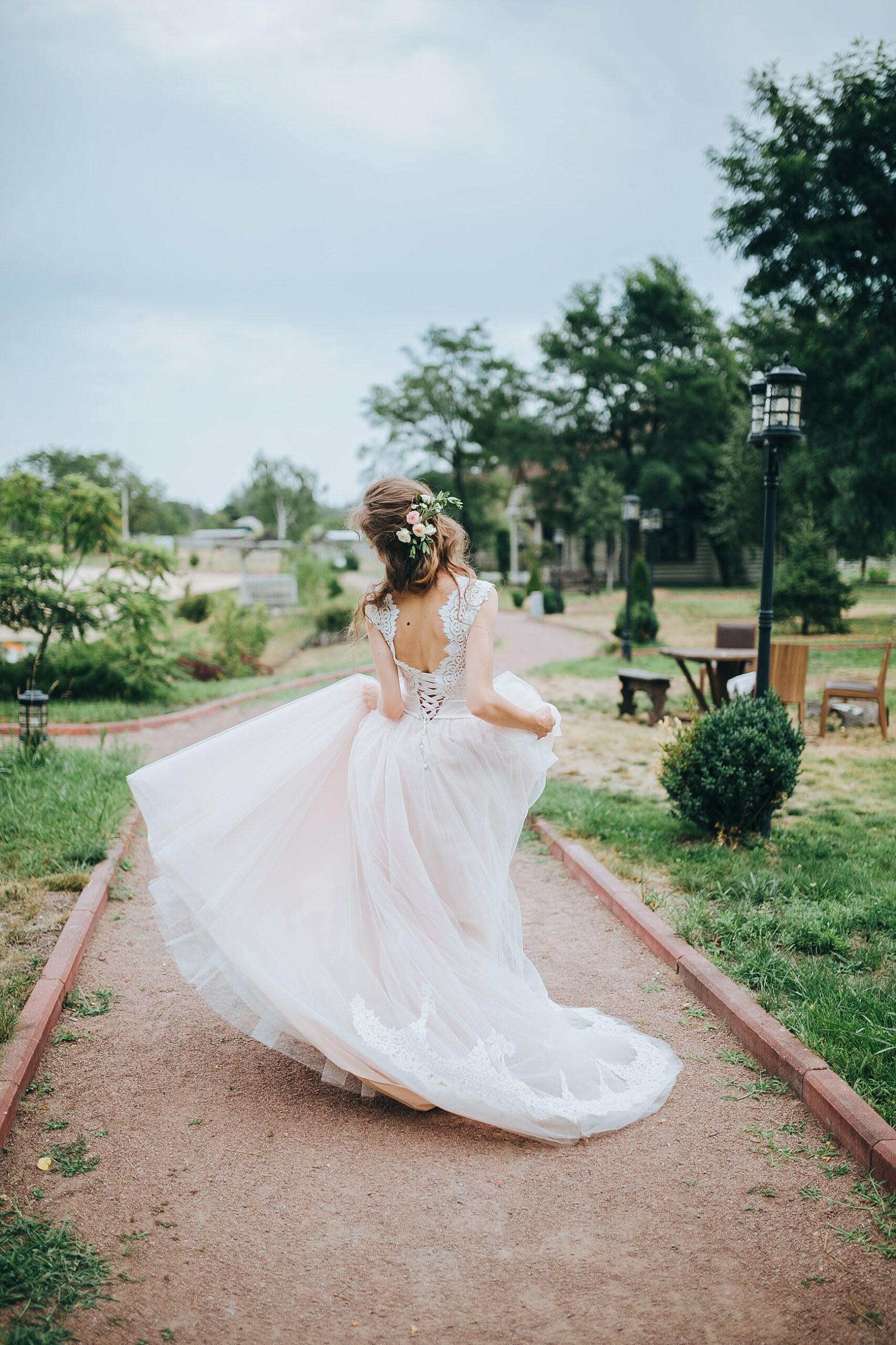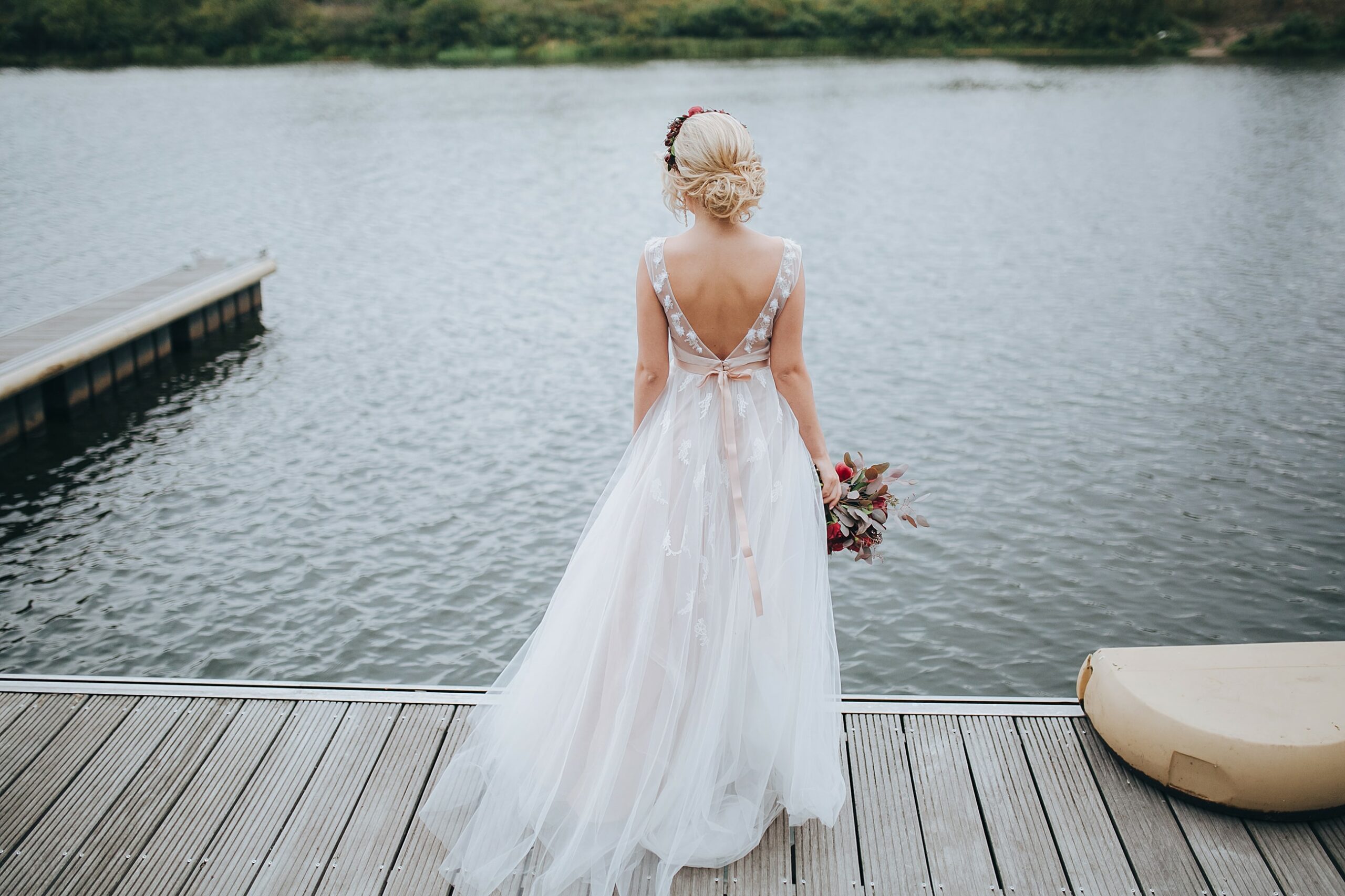While it’s true that most of the focus will go on what the bride’s wearing, just as many eyes will fall on the groom during your wedding. That means, whatever you’re wearing will need to make you look and feel good so you have the confidence to stand in front of your loved ones and say, ‘I do!’
However, when it comes to the right suit, just like a bride’s dress there are plenty of variations to choose from. You could go for a three-piece suit, evening tailcoat, a tuxedo, or one of the various other options which means it probably won’t be a straightforward decision.
In this post, we’re going to take a look at everything related to the cost of a wedding suit, including the average cost, your options and any hidden costs you should look out for.
What’s the average cost of a wedding suit?
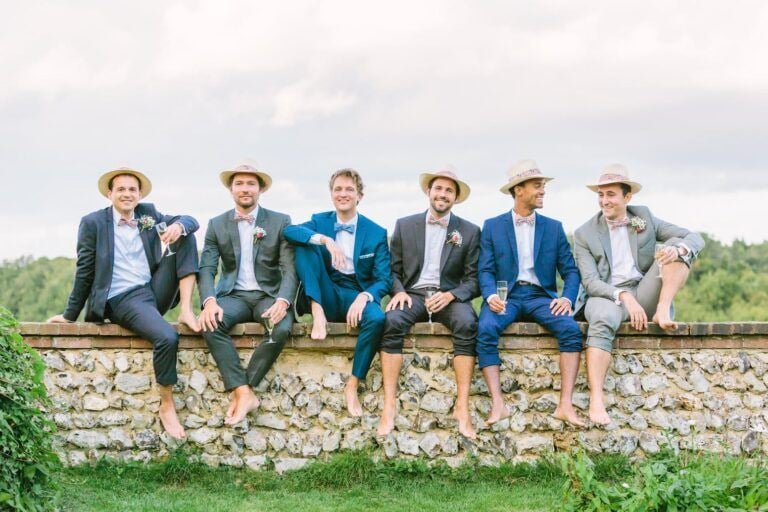
The average cost of a wedding suit in the UK is around £700-£900, however, this can vary depending on your budget, the formality of your wedding, and the style you’re going for.
As revealed in our ultimate wedding budget breakdown, the average amount spent by couples on the groom, best man and usher’s attire is £764. However, whether you pay for their suits is your decision – unless you want the best man and ushers to wear matching suits then you’re not likely to be expected to pay on their behalf.
What options do you have for your wedding suit?
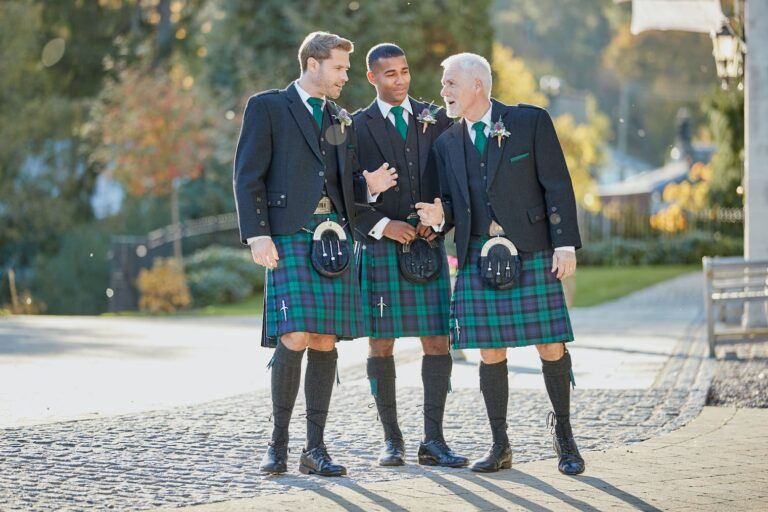
While £764 might be the average spent on the groom’s wedding attire, it’s by no means a figure that you have to stick to. Many grooms will spend way less than this, while others will spend ten times this amount. The most important thing to remember is that the groom’s suit matches and complements what their partner is wearing, so communication is key.
When choosing the right suit for your wedding, you have plenty of options, such as:
- Morning suit – A formal option that includes a tailcoat, striped trousers, a vest, a collared shirt and a cravat or ascot. Costs start from around £200.
- Three-piece suit – Named because it consists of three pieces: a vest, trousers and a jacket. It’s a versatile option for formal and semi-formal weddings. Costs start from around £150.
- Business suit – A great choice for a less formal wedding, and can be single or double-breasted. Costs start from around £150.
- Black dinner suit – A smart formal option that will make it hard for you not to catch yourself in the mirror and see James Bond looking back. Costs start from around £200.
- Evening tailcoat – Generally reserved for very formal weddings and is a fabulous choice that screams elegance. It includes a tailcoat, trousers and a waistcoat. Costs start from around £300.
- Tuxedo – Another choice for a formal wedding and the epitome of luxury. A tuxedo can also be paired with a tophat and a walking stick if you want to add that extra touch of class. Costs start from around £300.
- Kilt – While traditionally worn by Scottish grooms, there are no strict rules when it comes to wearing a kilt. However, the cost of a kilt can add up as they require multiple accessories. A kilt alone can cost around £100 and go up from there.
Where can you buy your wedding suit?
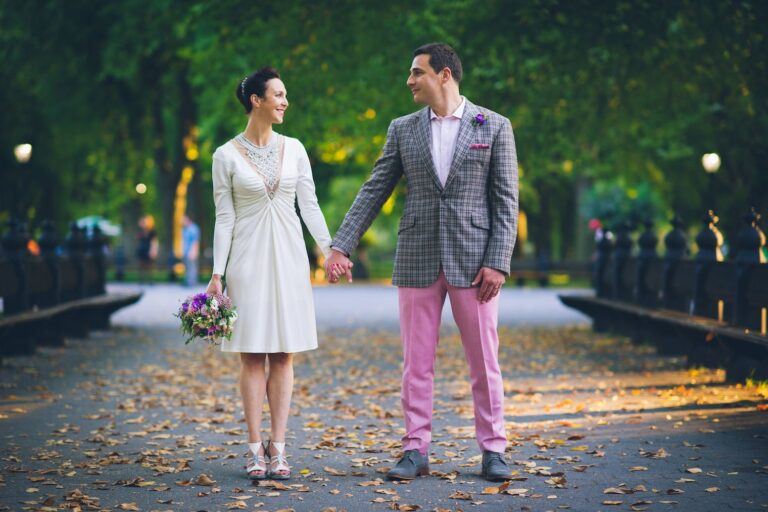
Once you know the type of attire you’re looking for, you then need to decide where to start looking for that perfect suit. Where you start your search will also depend on the budget you have and how specialist you want to go.
Bespoke
If you have a larger budget to dedicate to your suit, then something bespoke is a great option. You’ll be able to choose the materials and the exact design, and the suit will fit you perfectly. If you want to go to one of the Savile Row tailors, prepare to spend around £2,000.
Made to measure
A made-to-measure suit is a more budget-friendly alternative to a bespoke suit. You won’t be able to dictate the cut and design, but a ready-made suit chosen by you will be altered to your measurements. For this option, you would need around £400 – £600.
High street retailer
If you have a smaller budget, you can pick up a fantastic suit from a high street retailer like Marks and Spencer or Moss Bros. This will require trying on a number of suits before you find one that fits you perfectly and you might have to take it for alterations at a local tailor. Costs at the average high street store will start at around £150 but can go much higher depending on what you go for.
Hire
If you’re interested in a formal style but not prepared to pay a formal cost, then hiring a suit, tuxedo or morning suit is a much more budget-friendly solution. The cost to hire a wedding suit can start as low as £50, but it’s important you’re 100% happy with your choice and you know the exact return policy.
Charity shop
A charity shop is a great way to secure a lovely suit at a bargain price – however, you need to be patient and be prepared to shop around until you find the suit you’re after. It can also be difficult to find a suit with your exact measurements, so you may need to take it for alterations. If you’re persistent and lucky you may find a great suit for as little as £35.
Are there any additional costs involved with wedding suits?
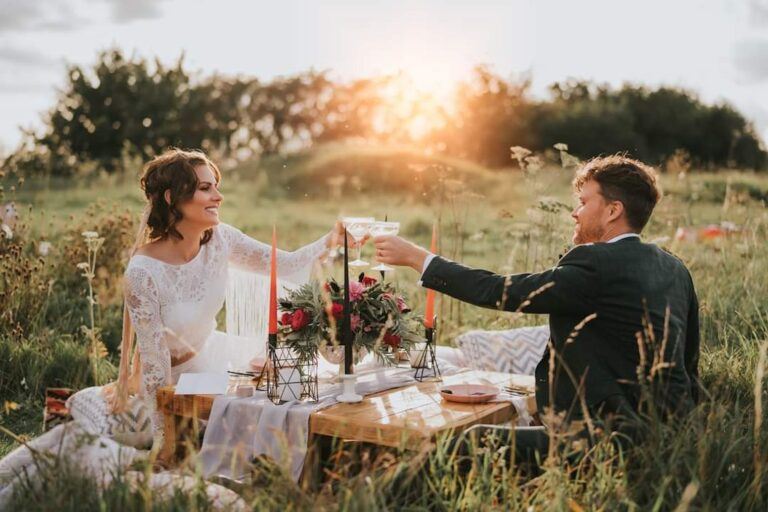
Once you’ve chosen the suit you’re going to wear at your wedding there are additional costs to be aware of, so make sure you factor these into your overall budget.
- Alterations – If you’re having a bespoke suit made then alterations are likely included in the cost, but suits bought from a retailer may need to be altered slightly. Last-minute alterations will also cost more, so make sure they’re arranged with plenty of time to go.
- Dry cleaning – You may want to have your suit dry cleaned before and after your wedding.
- Shipping – If you’re buying your suit online there may be shipping costs, which could include custom fees if being imported from overseas.
- Accessories – You may want to complete your outfit with accessories such as cufflinks, a pocket square and a watch. Check out our post on the cost of wedding accessories to find out how to factor these into your budget.
- Material – The material you choose will affect the cost of your suit, with more premium materials costing more. For example, when it comes to wool suits, which tend to be made with ‘worsted’ thread, the higher the thickness of the thread, the higher the overall price of the material will be.
- Rental fees – There will be fees for returning a rented suit late or damaged.
Check out our post on saving money on your wedding suit for a few tips on getting the most out of your budget.
Plan your dream wedding with Bridebook
Here at Bridebook, we have a range of menswear supplies so you can find the perfect outfit for your wedding, so why not sign up today and take the stress out of planning?
And if you’re looking for ways to save money on your wedding suits, we’ve got plenty of tips and tricks to help you stretch your budget further.
You Might Also Like…
- The Ultimate Wedding Budget Breakdown
- How Much Does a Wedding Cost? The 2024 UK Average
- How to Save Money on Wedding Suits
- How Much Does a Wedding Dress Cost? The 2024 Average Revealed
